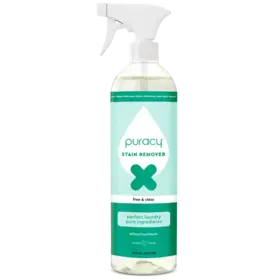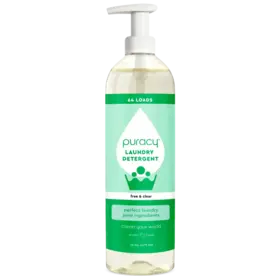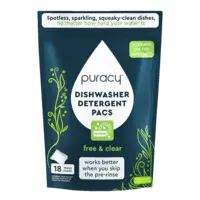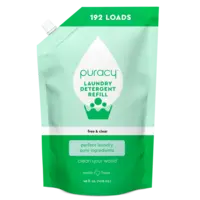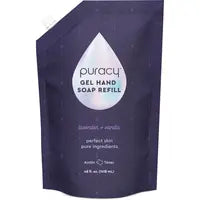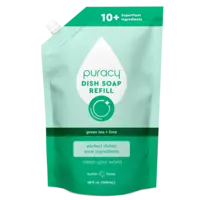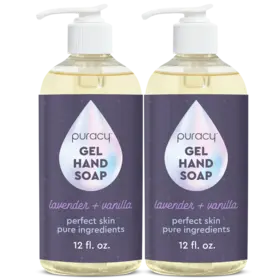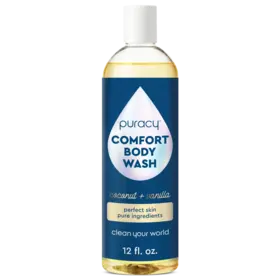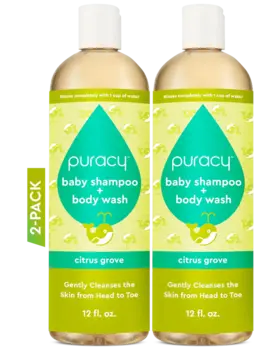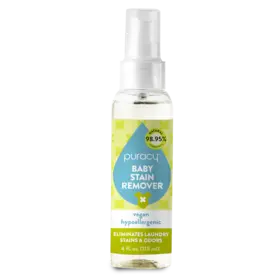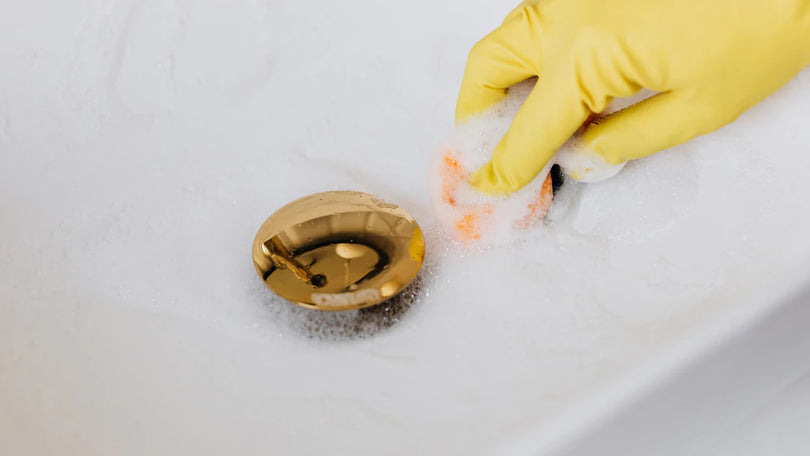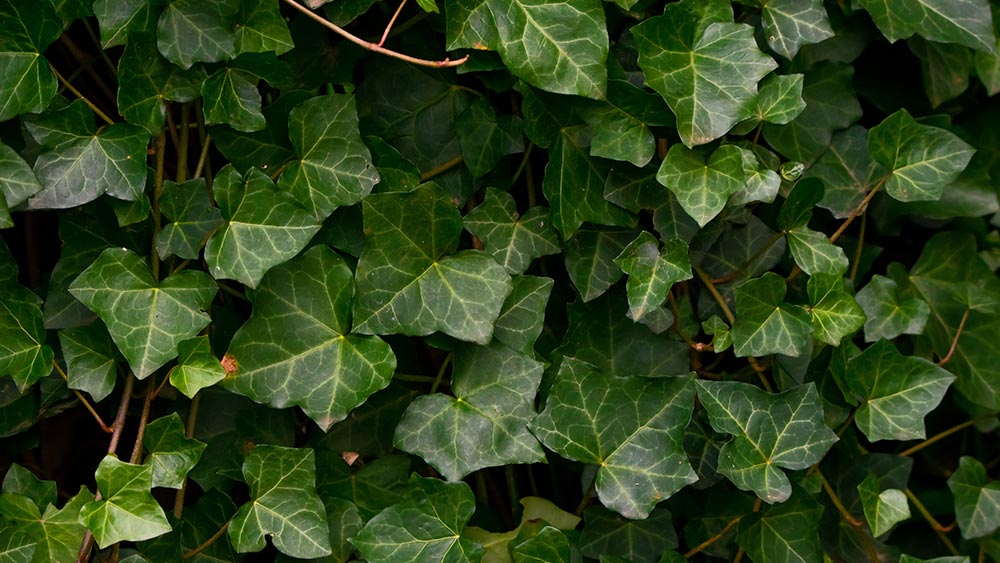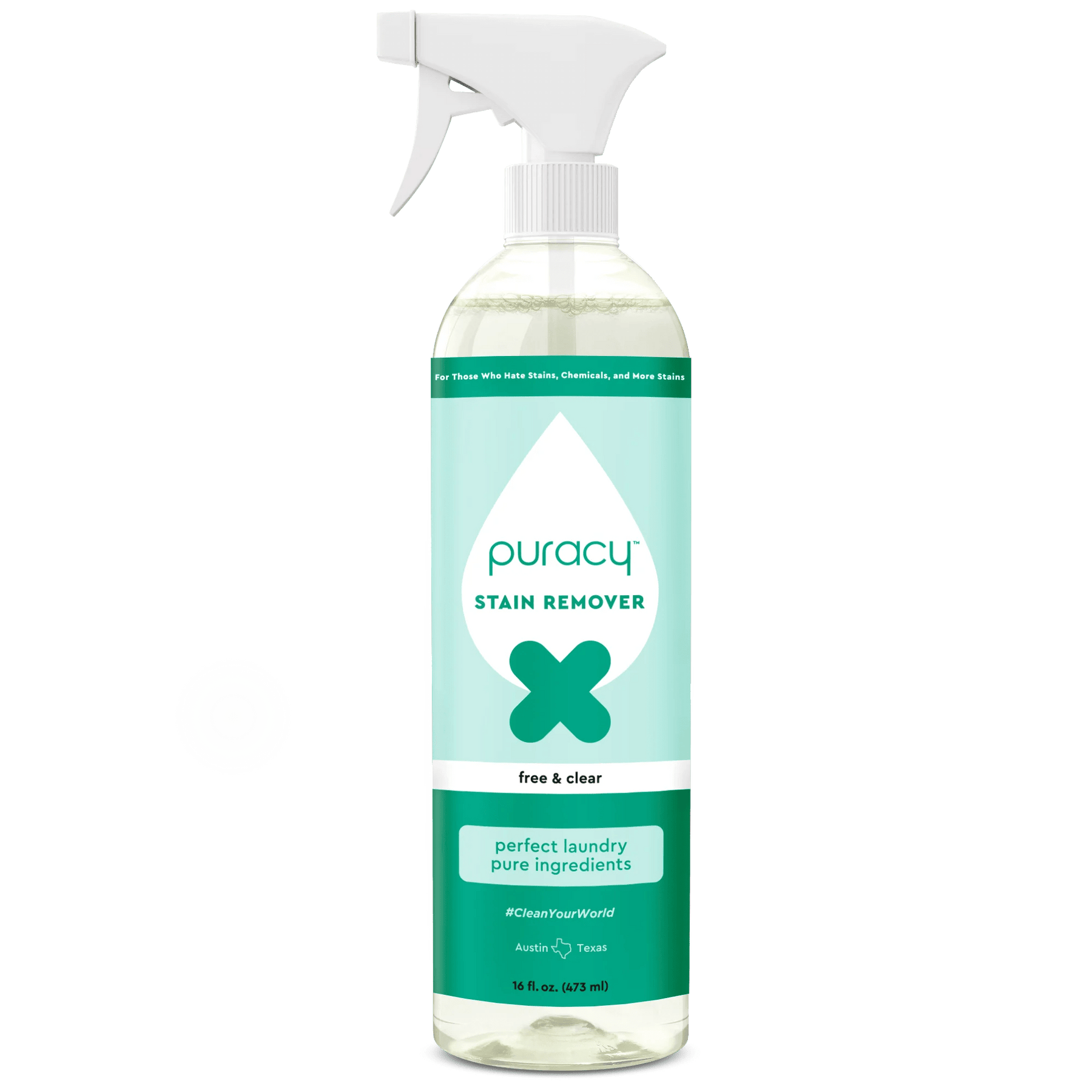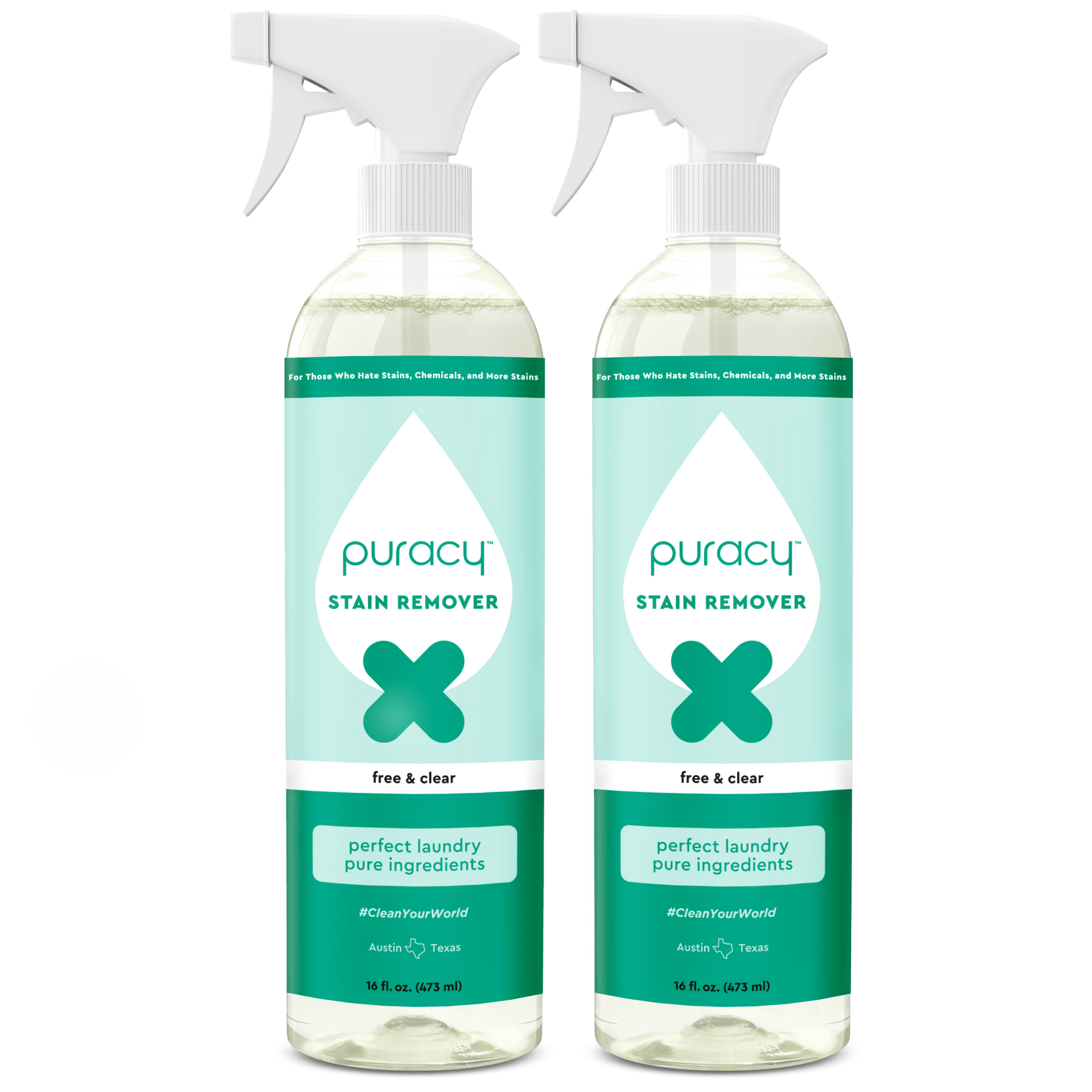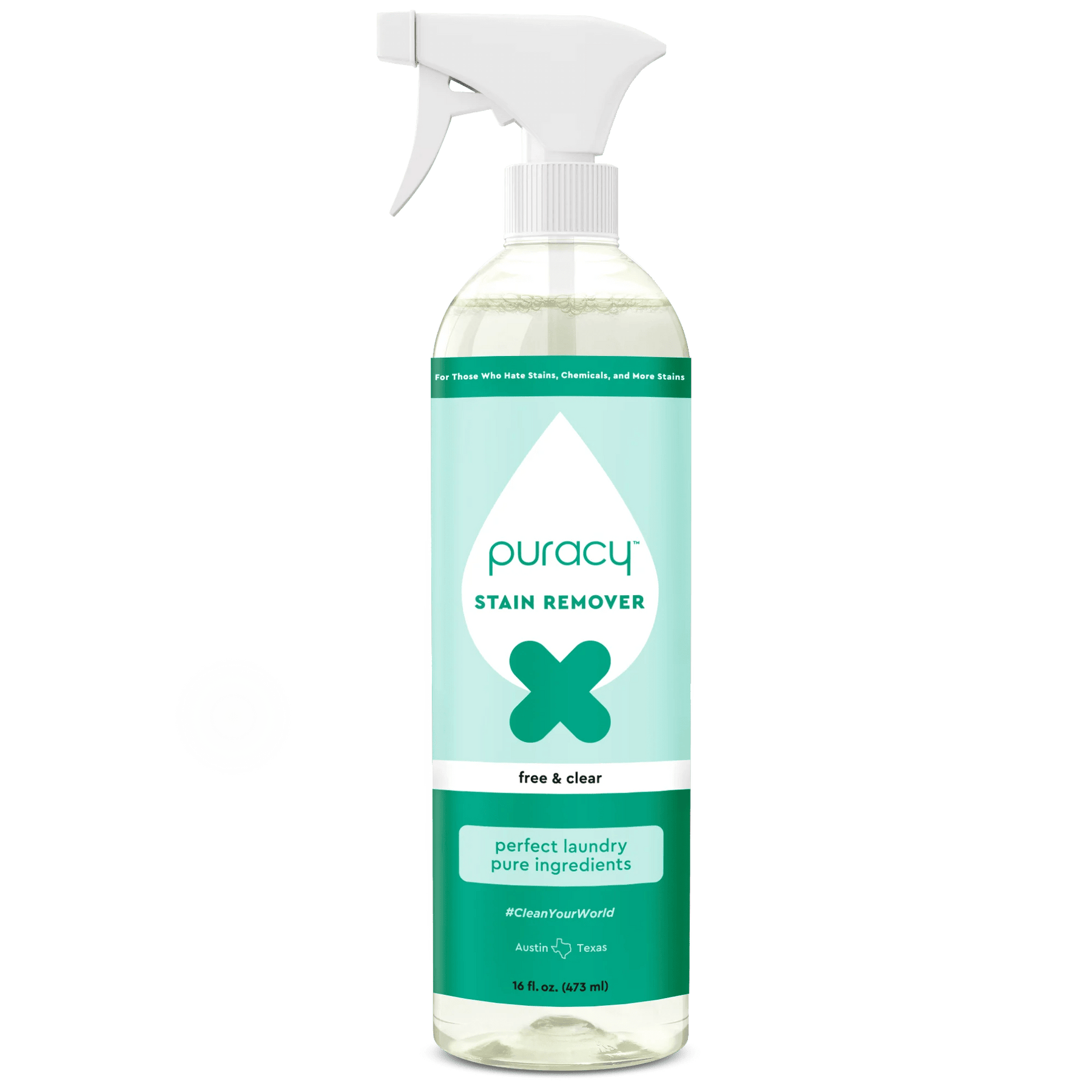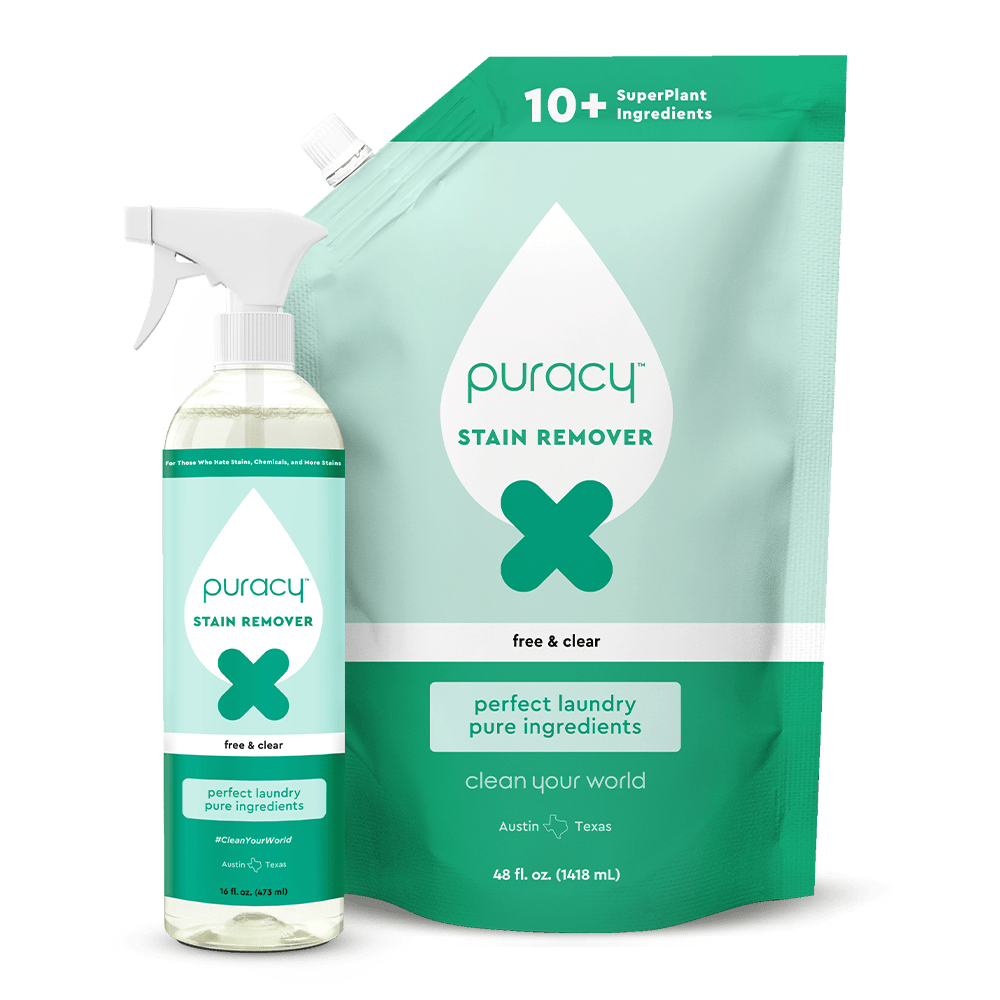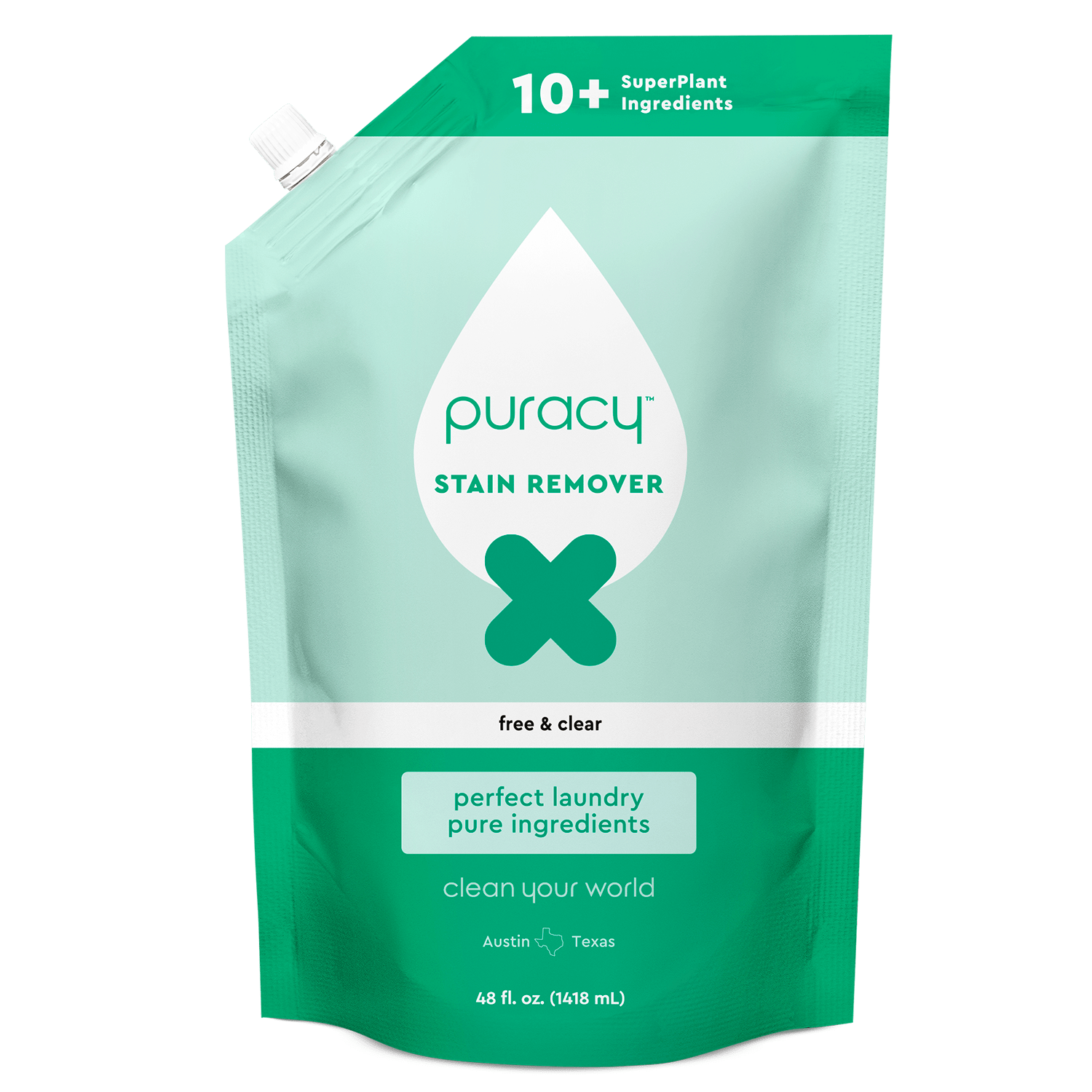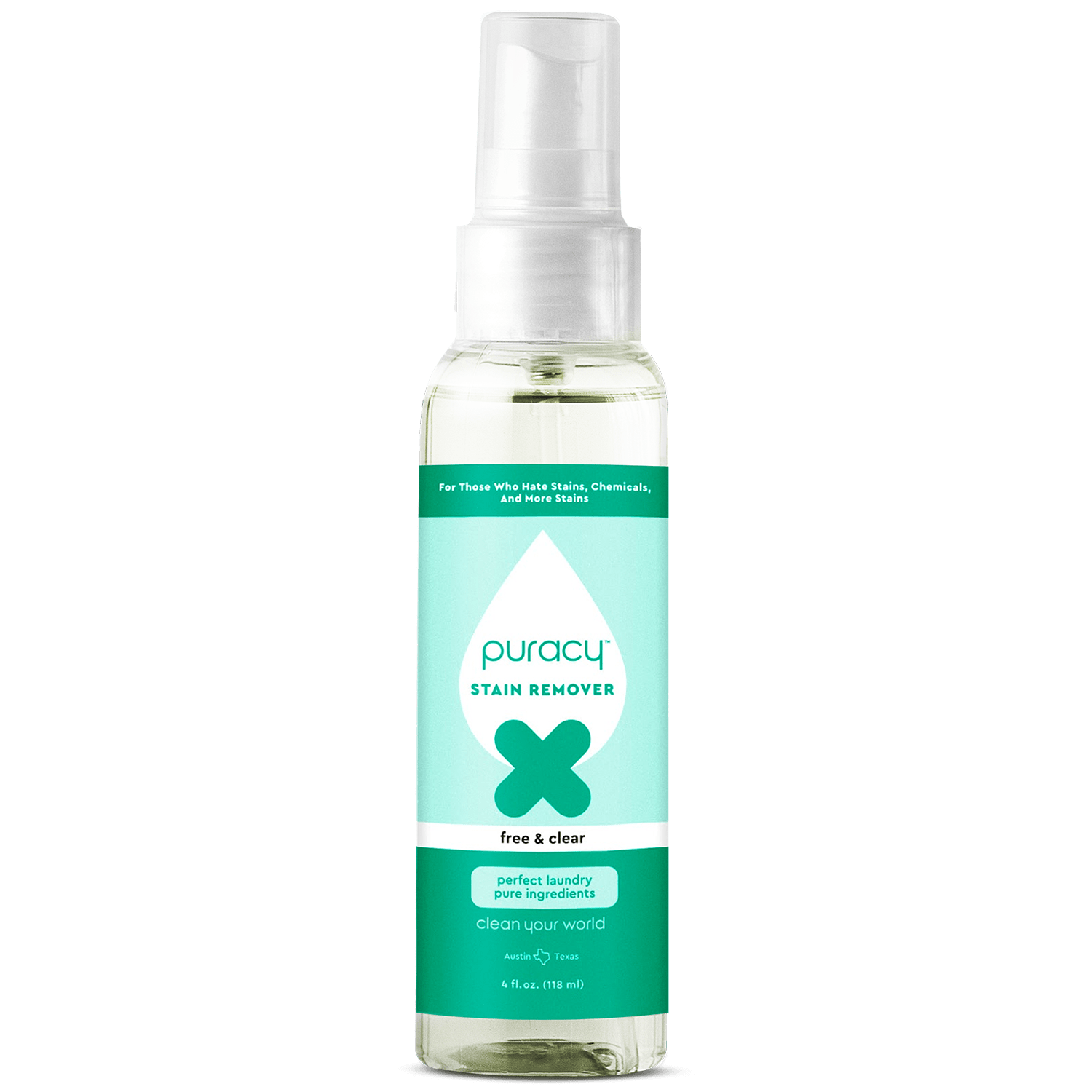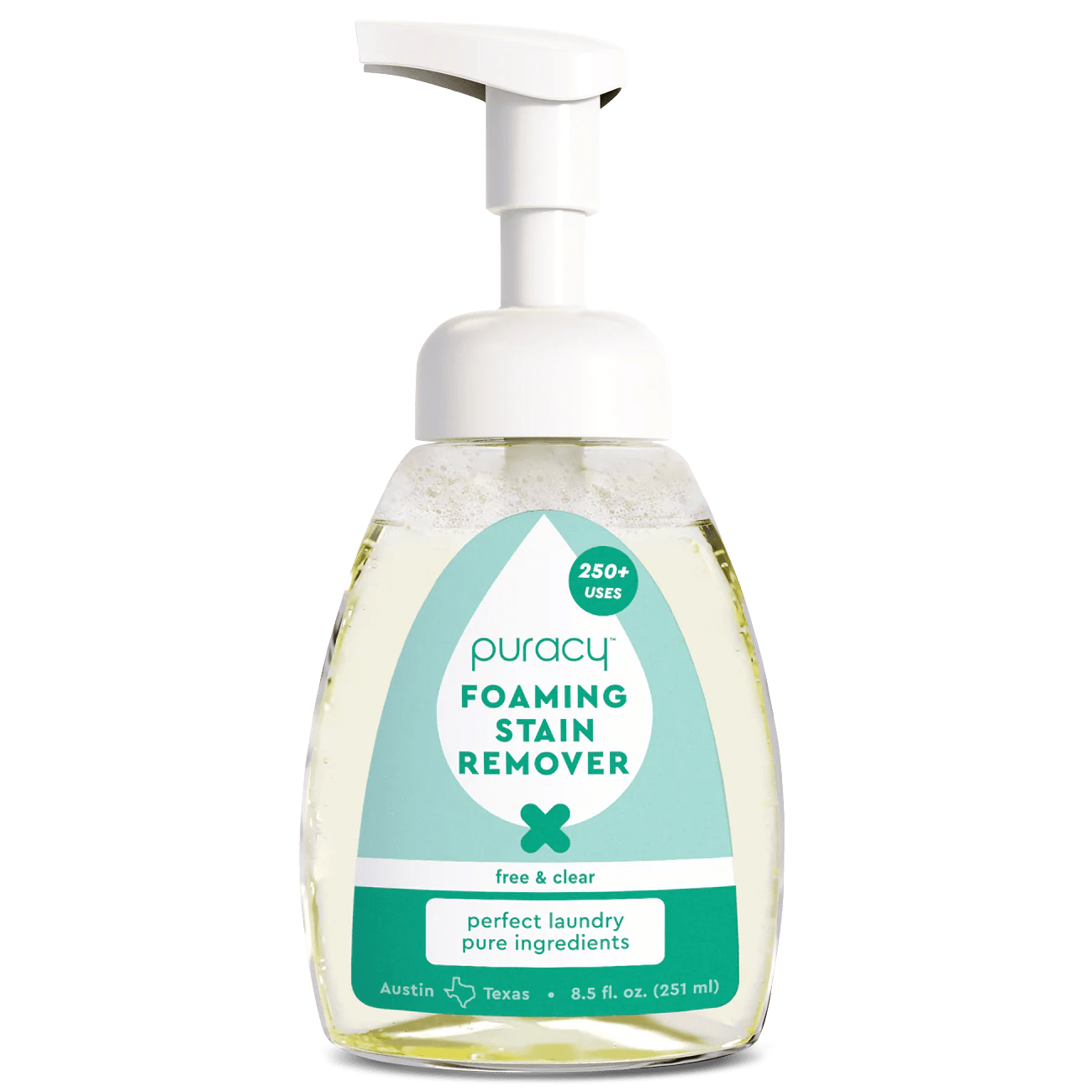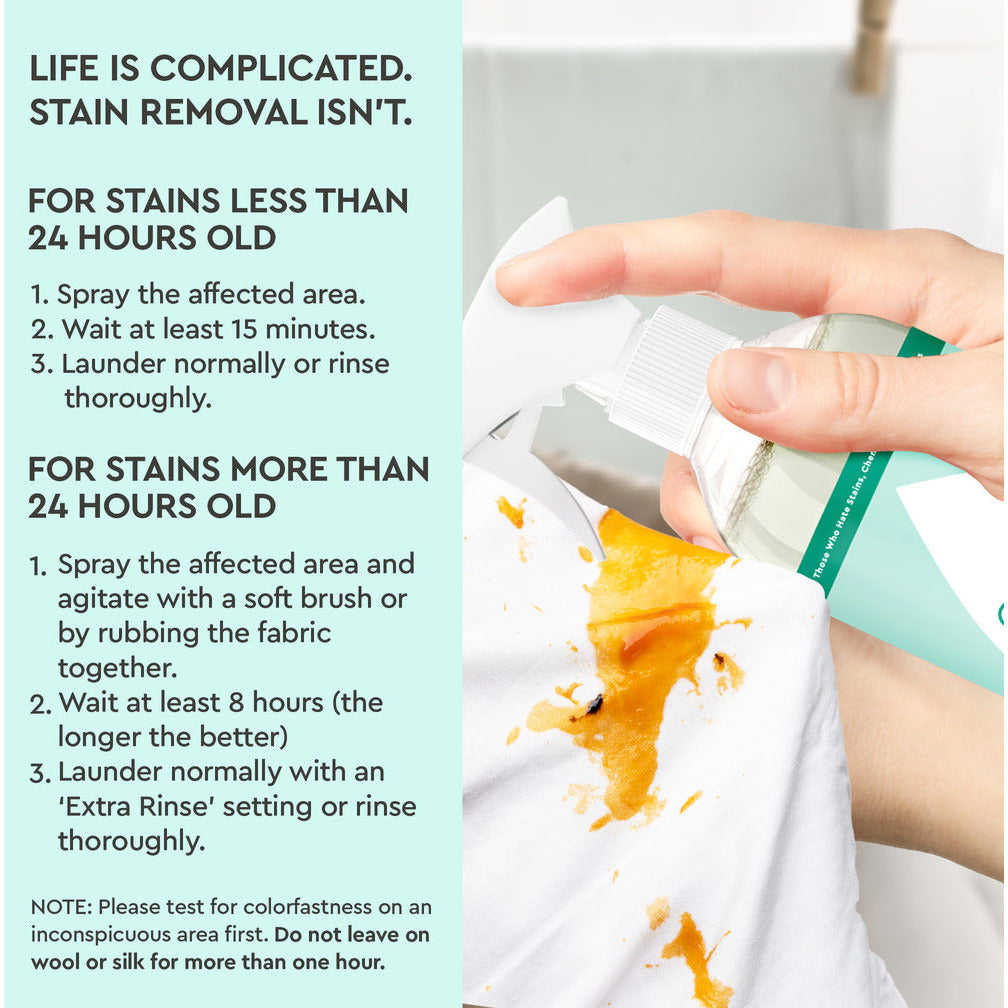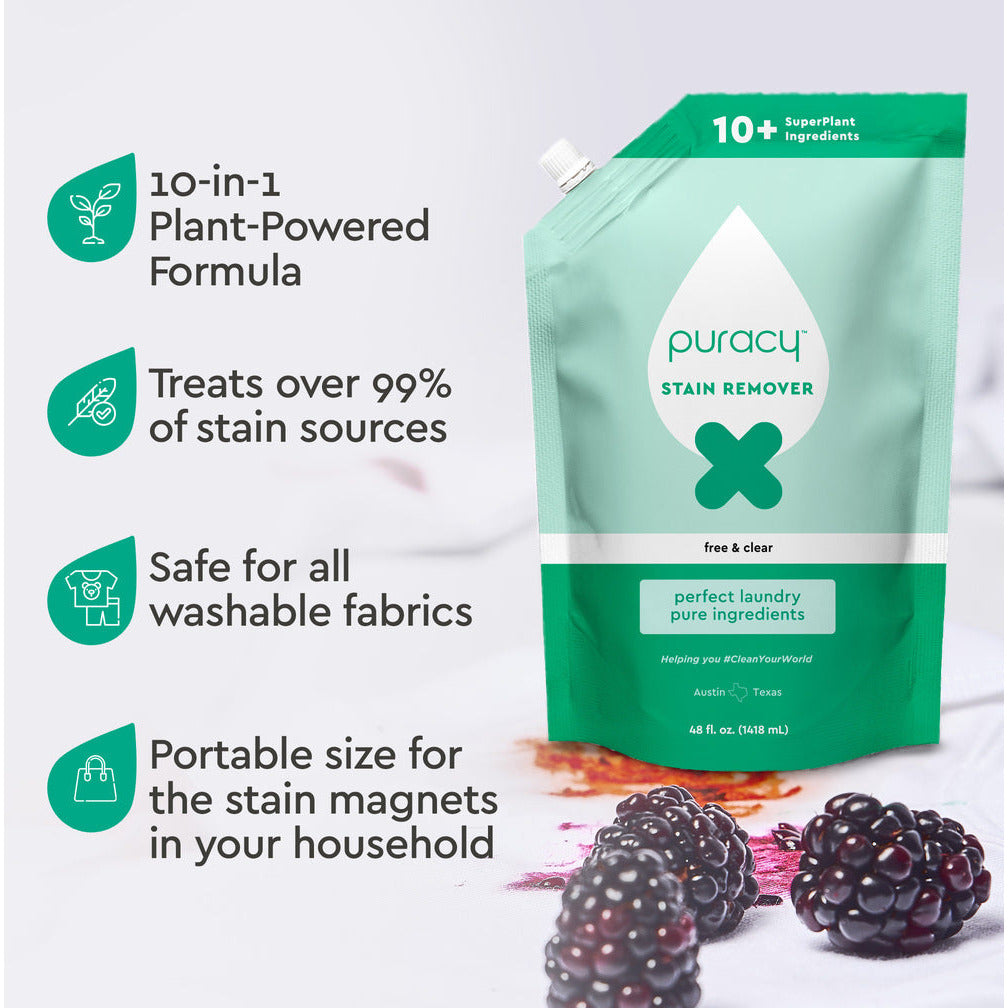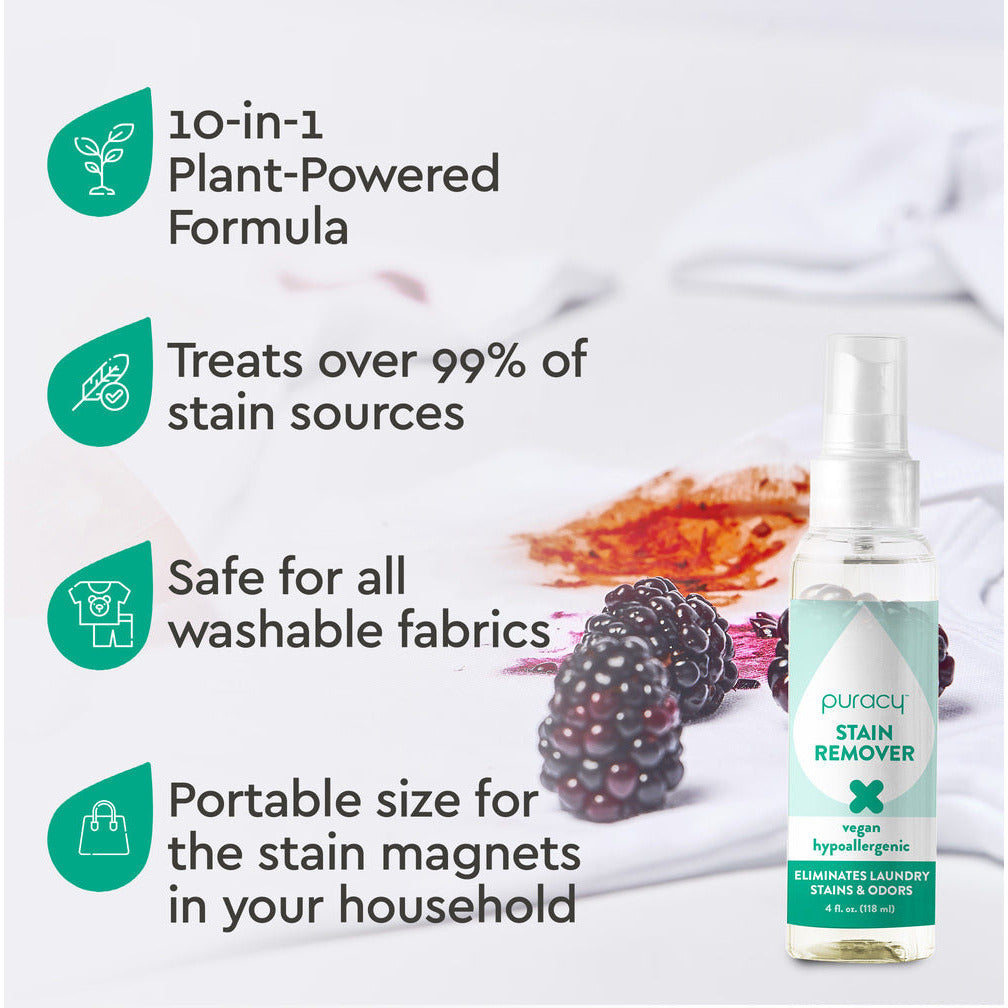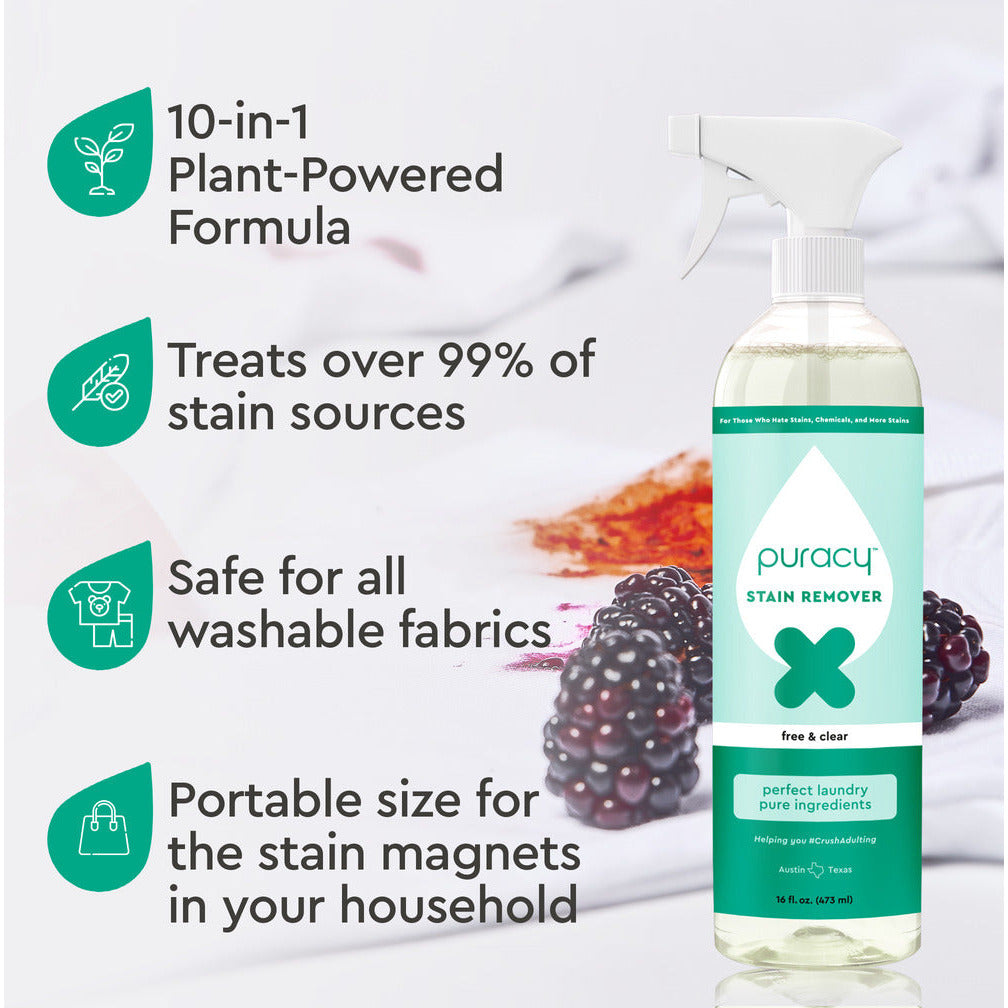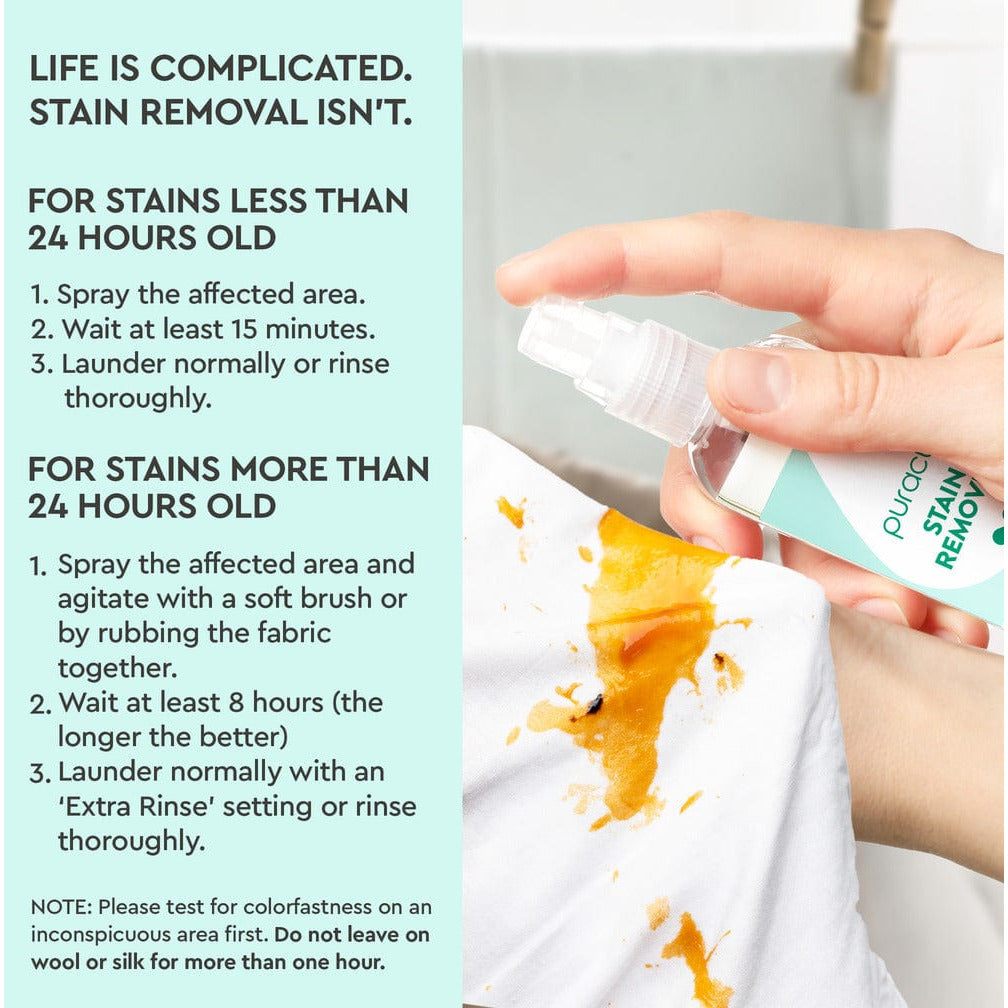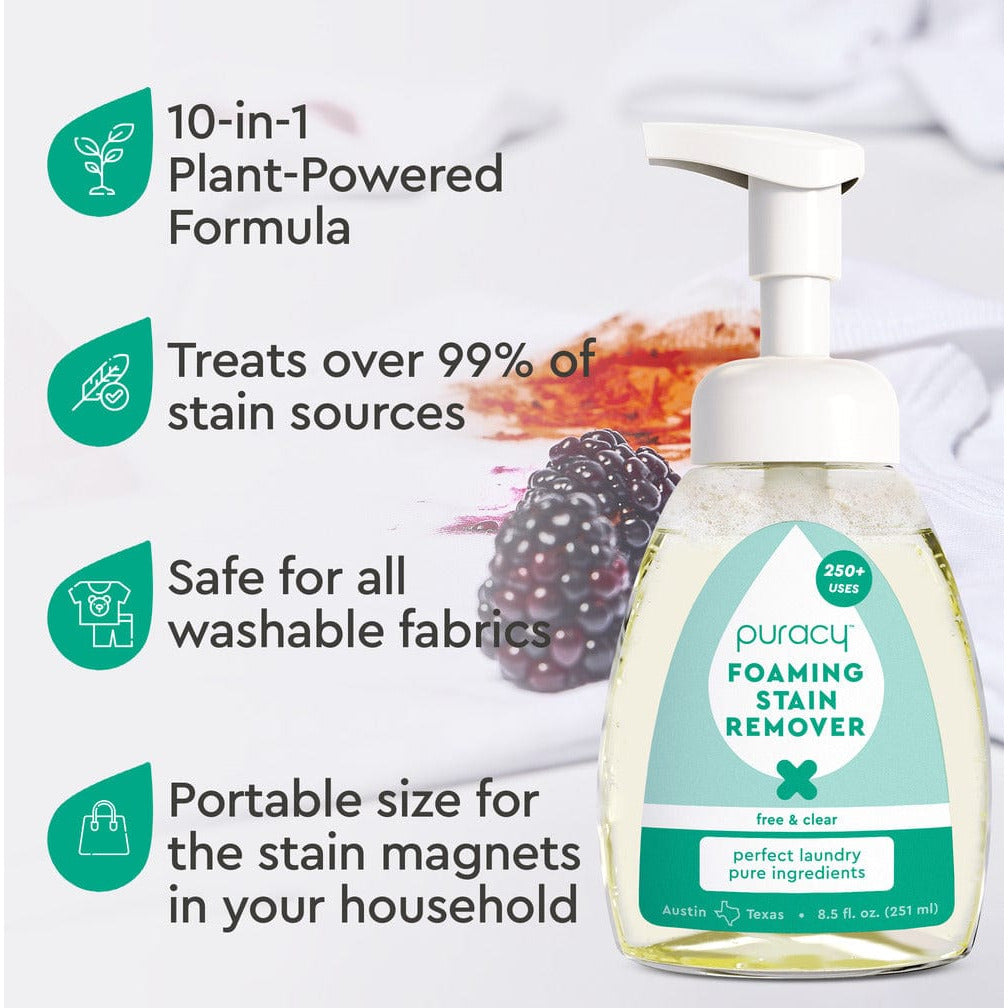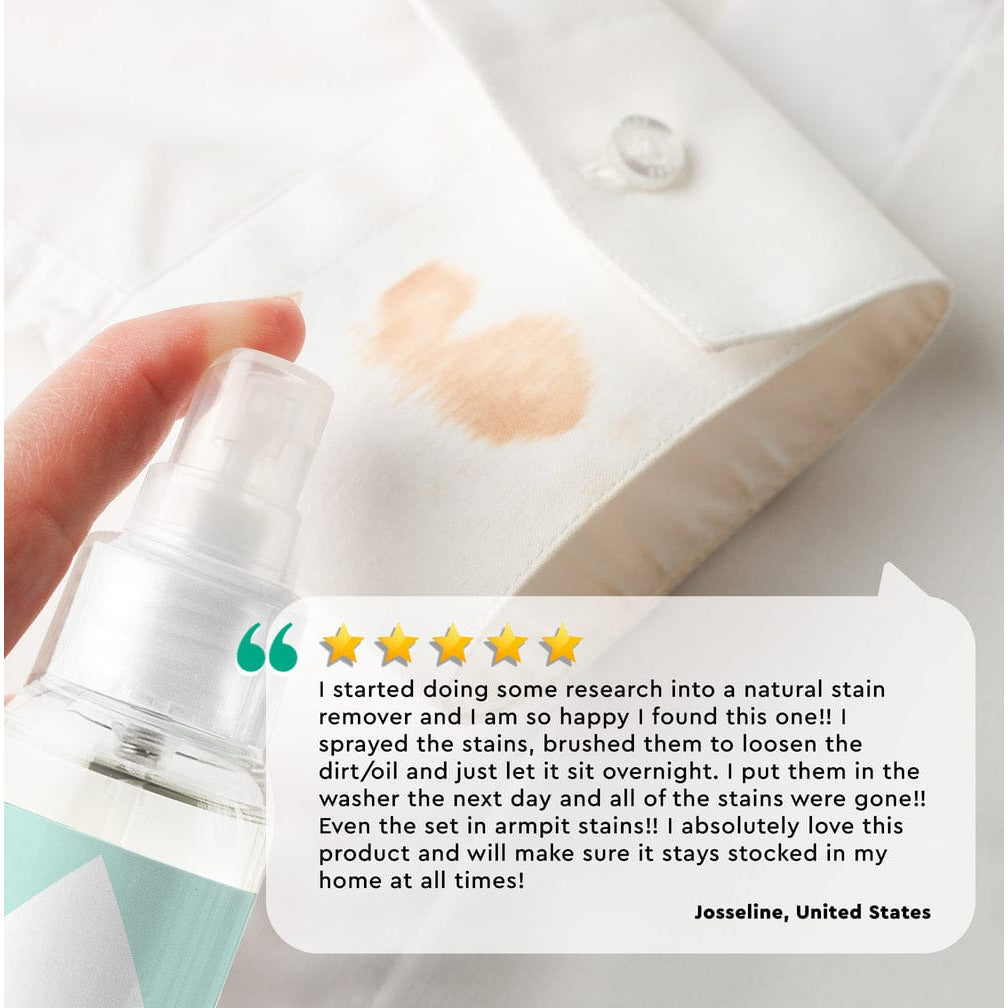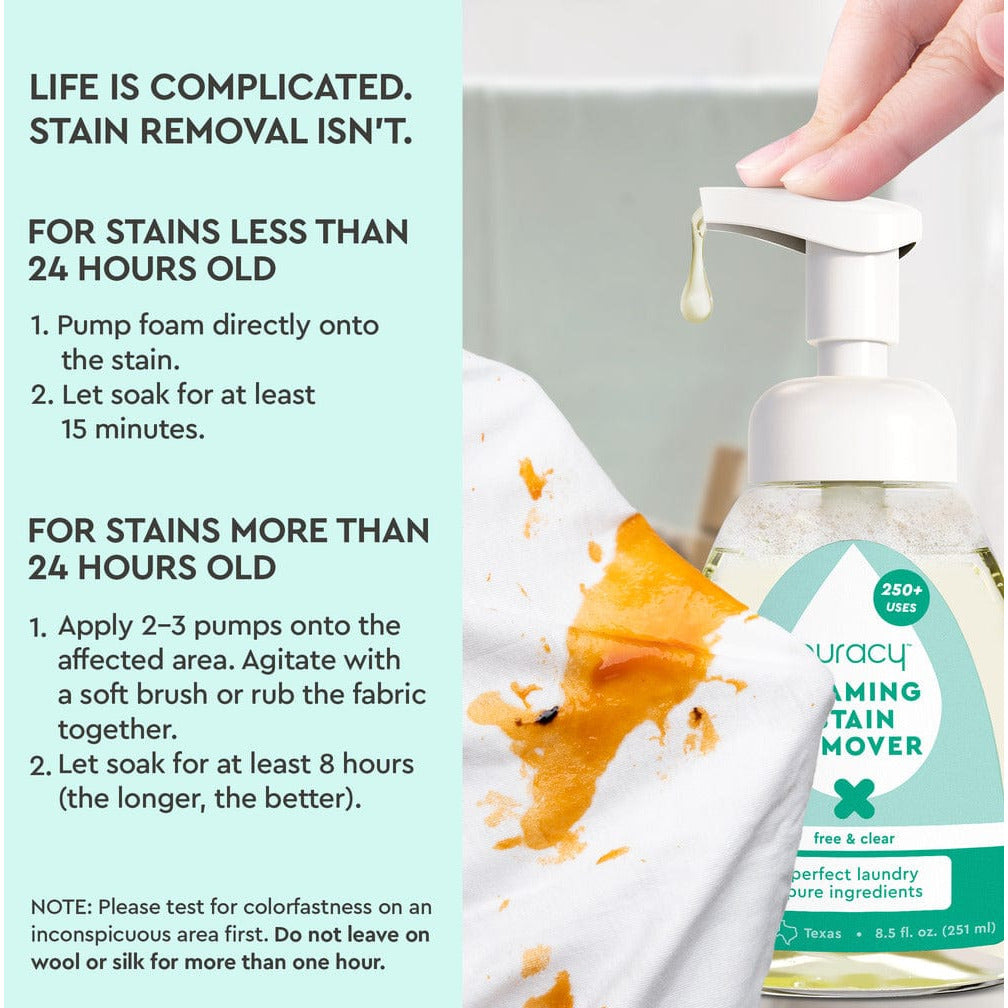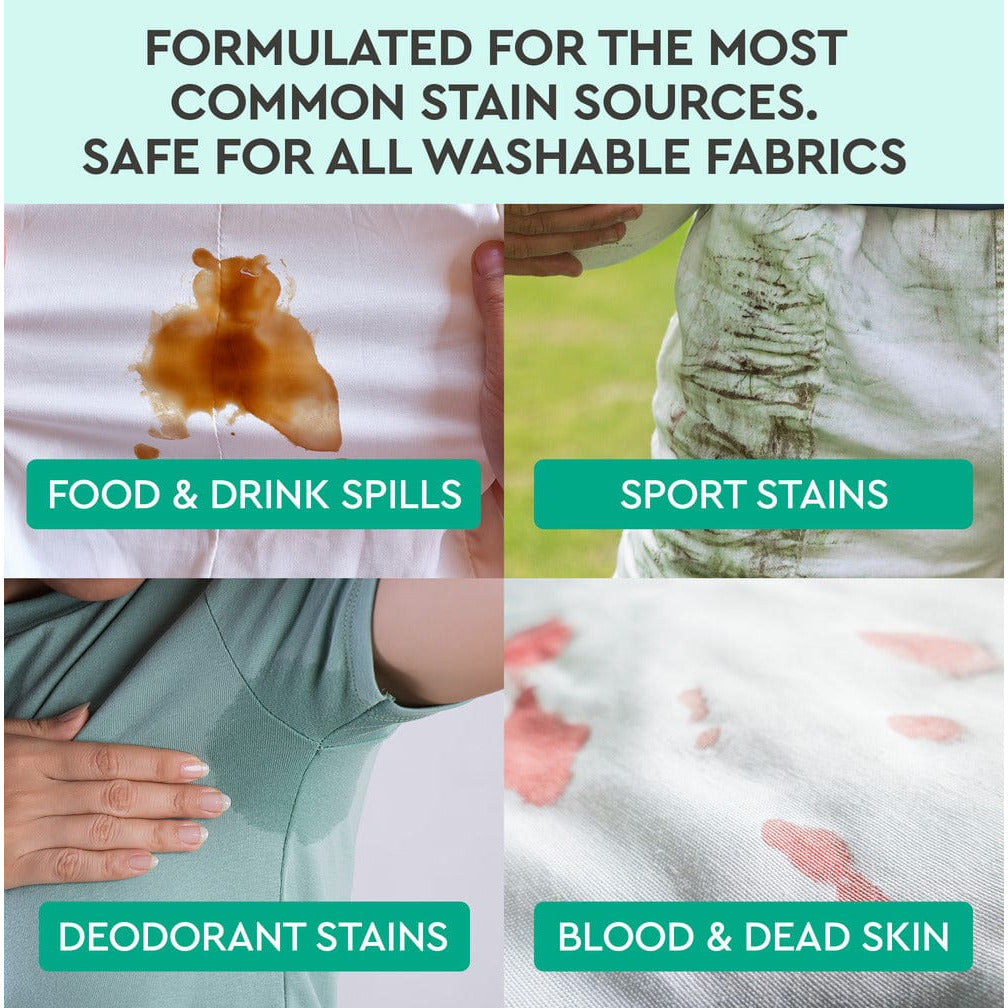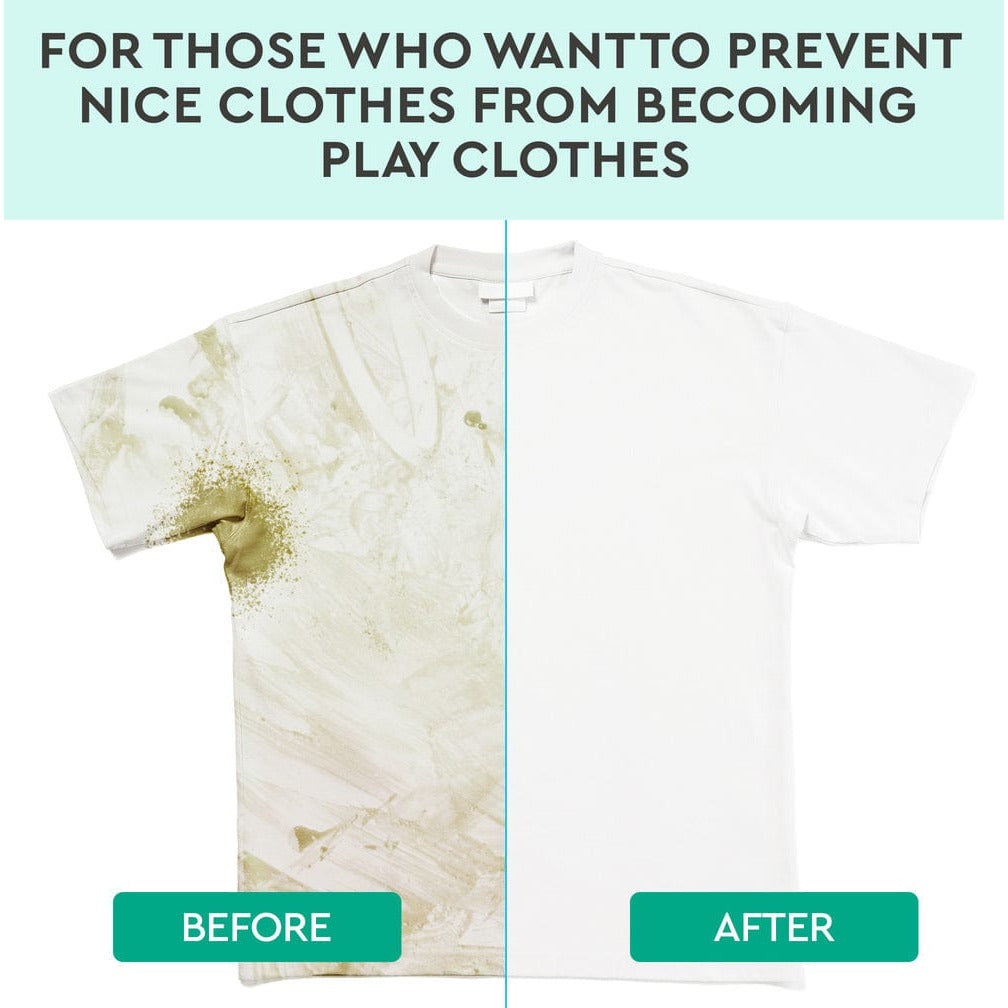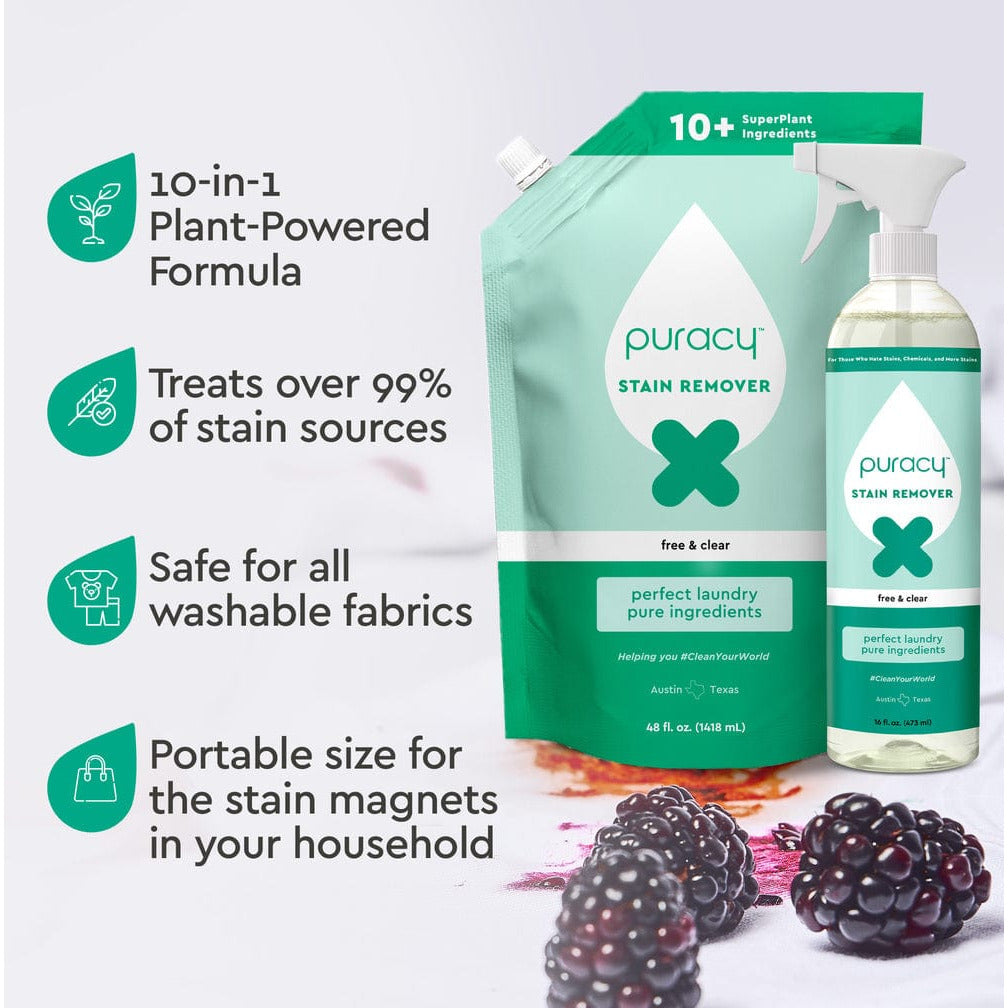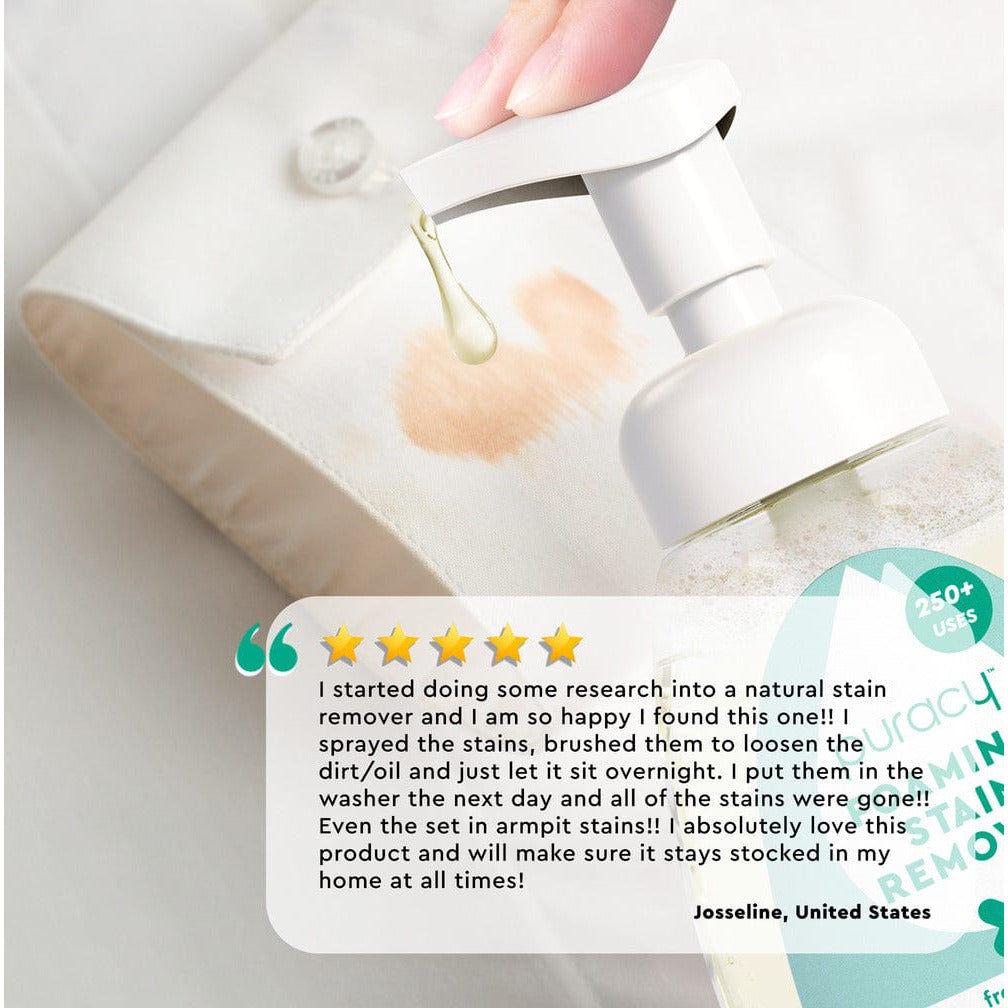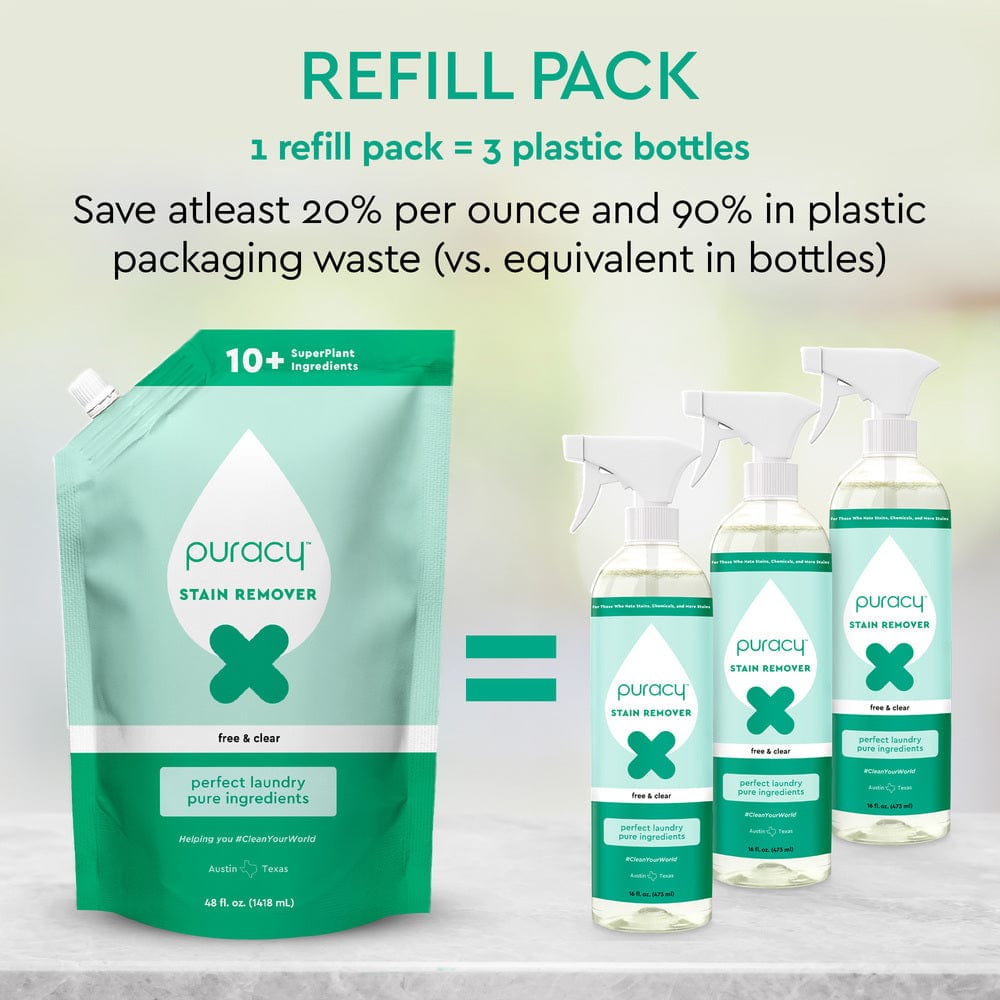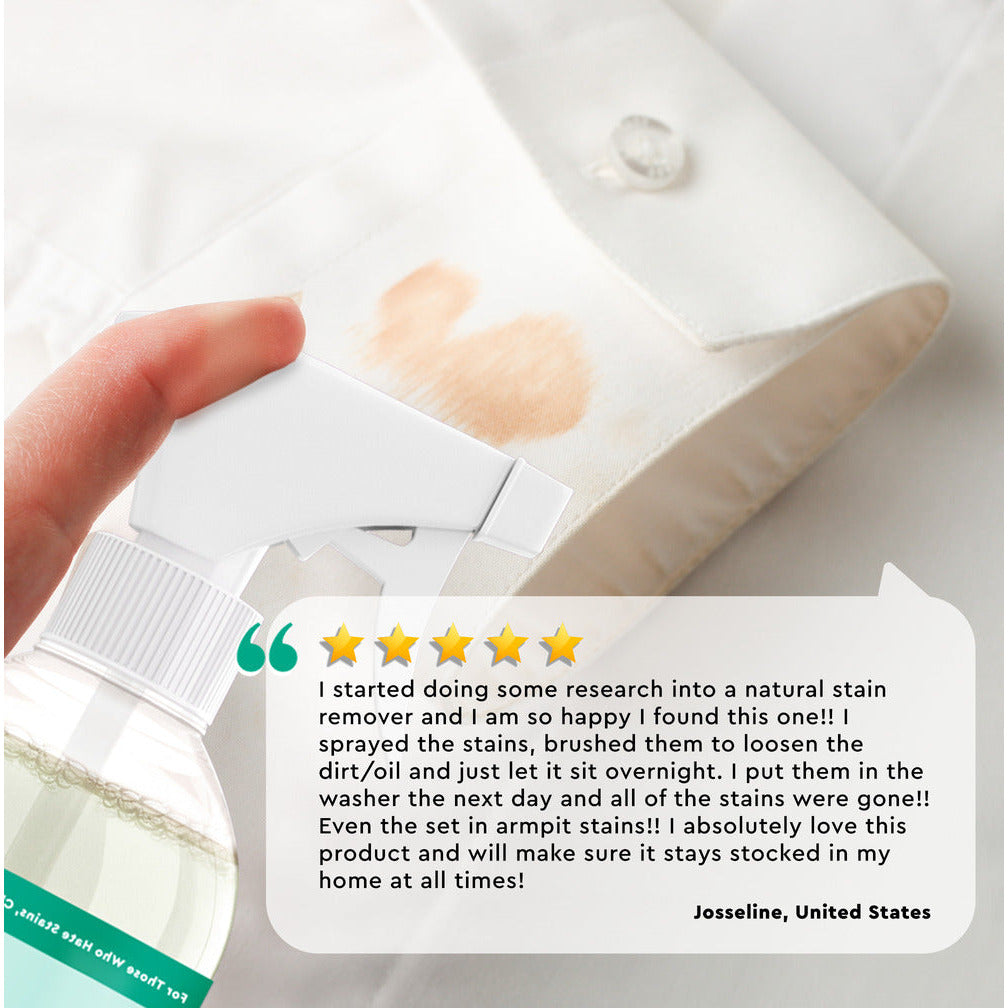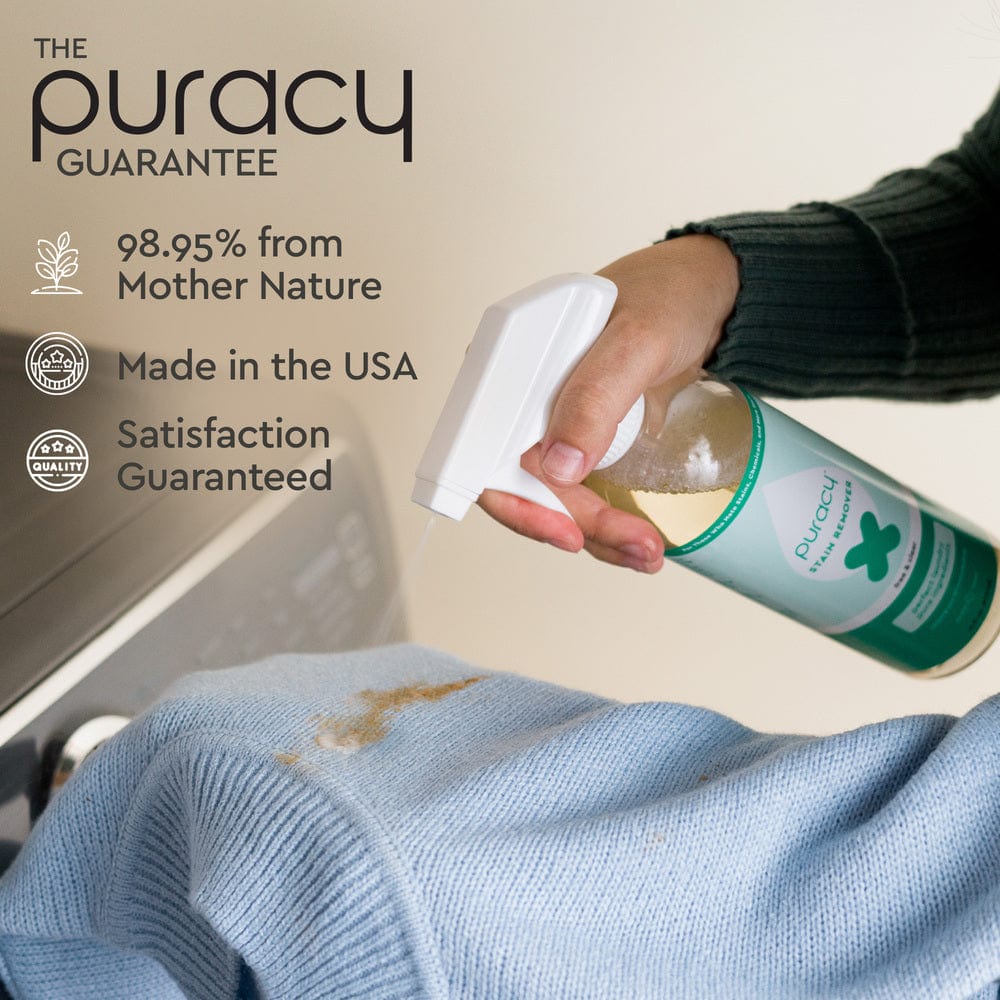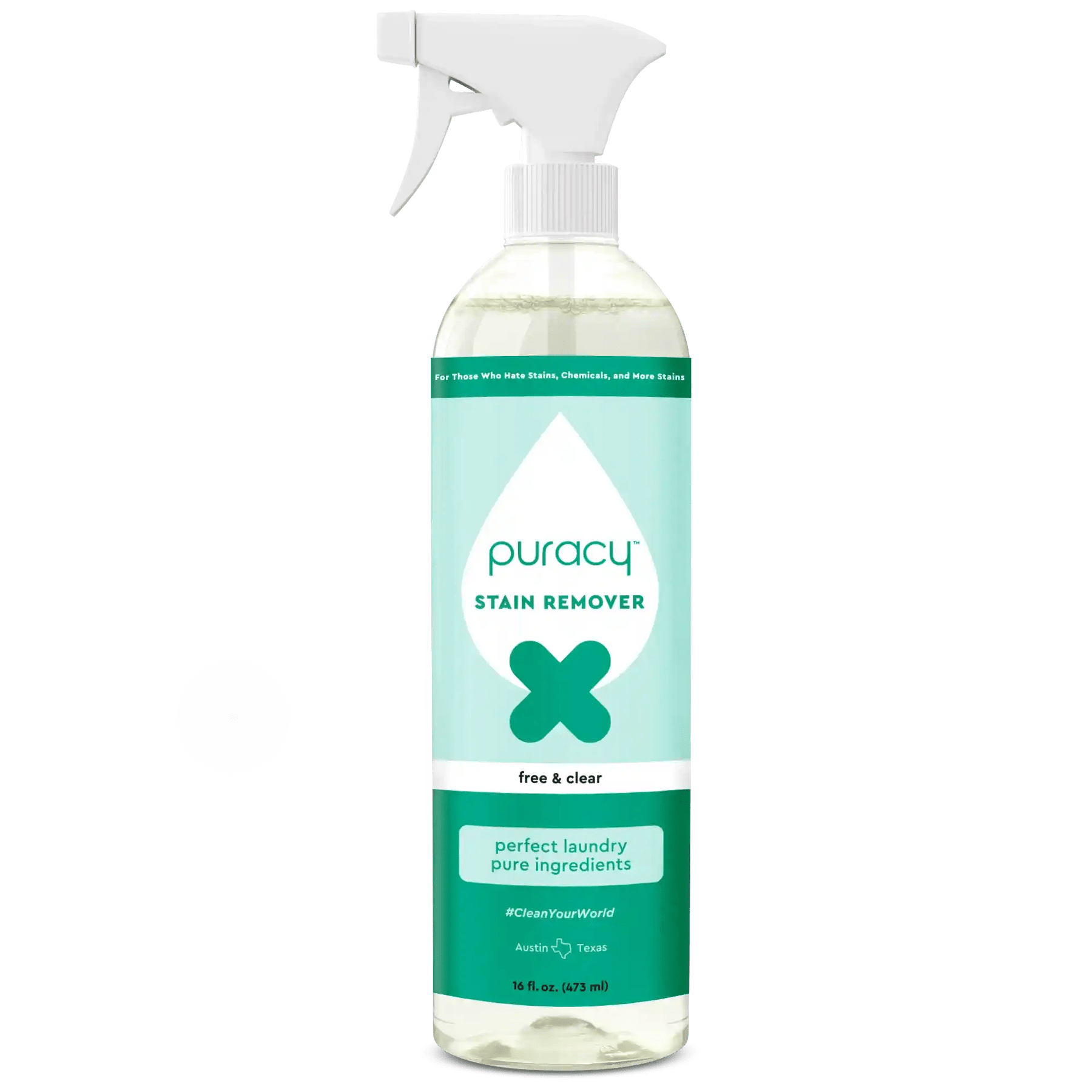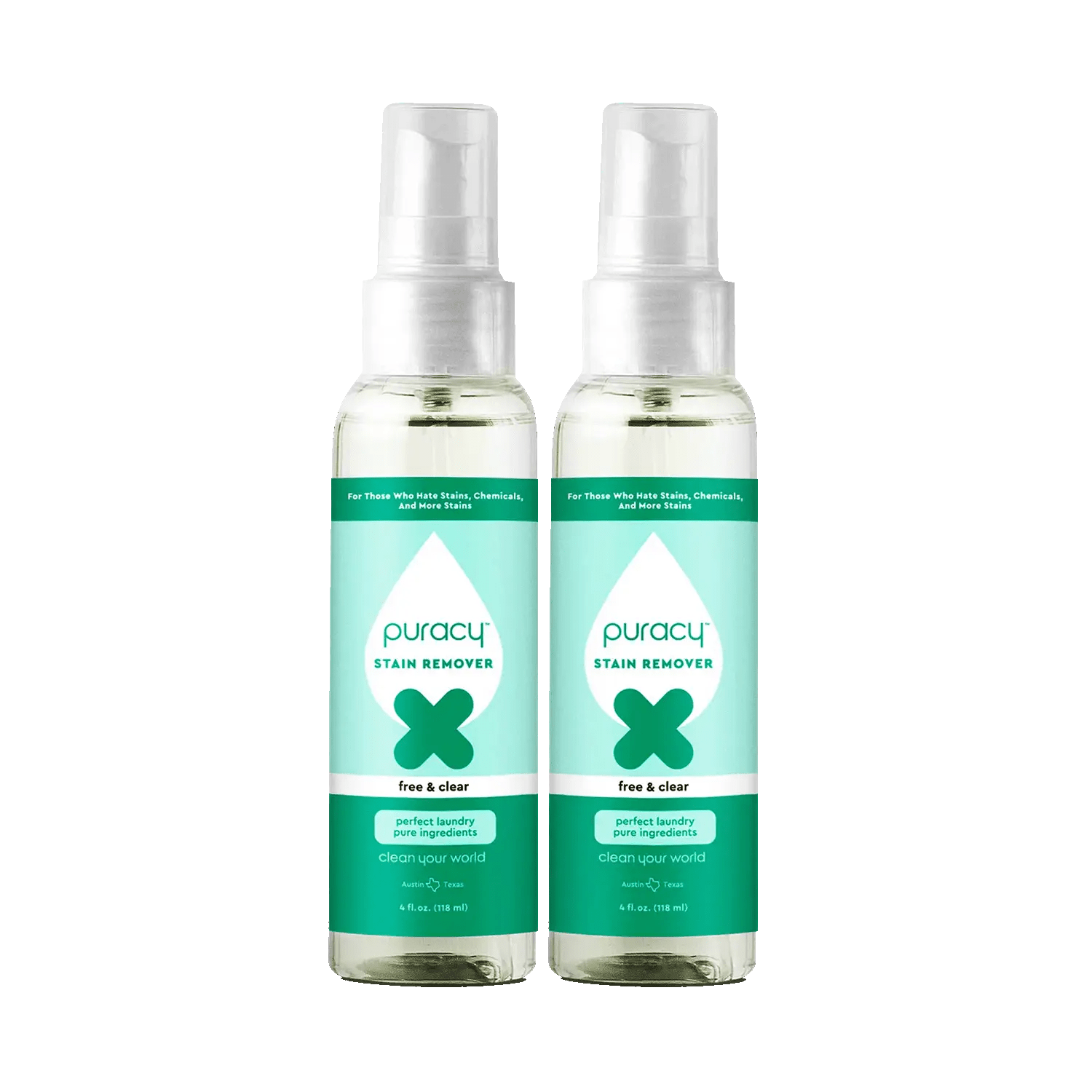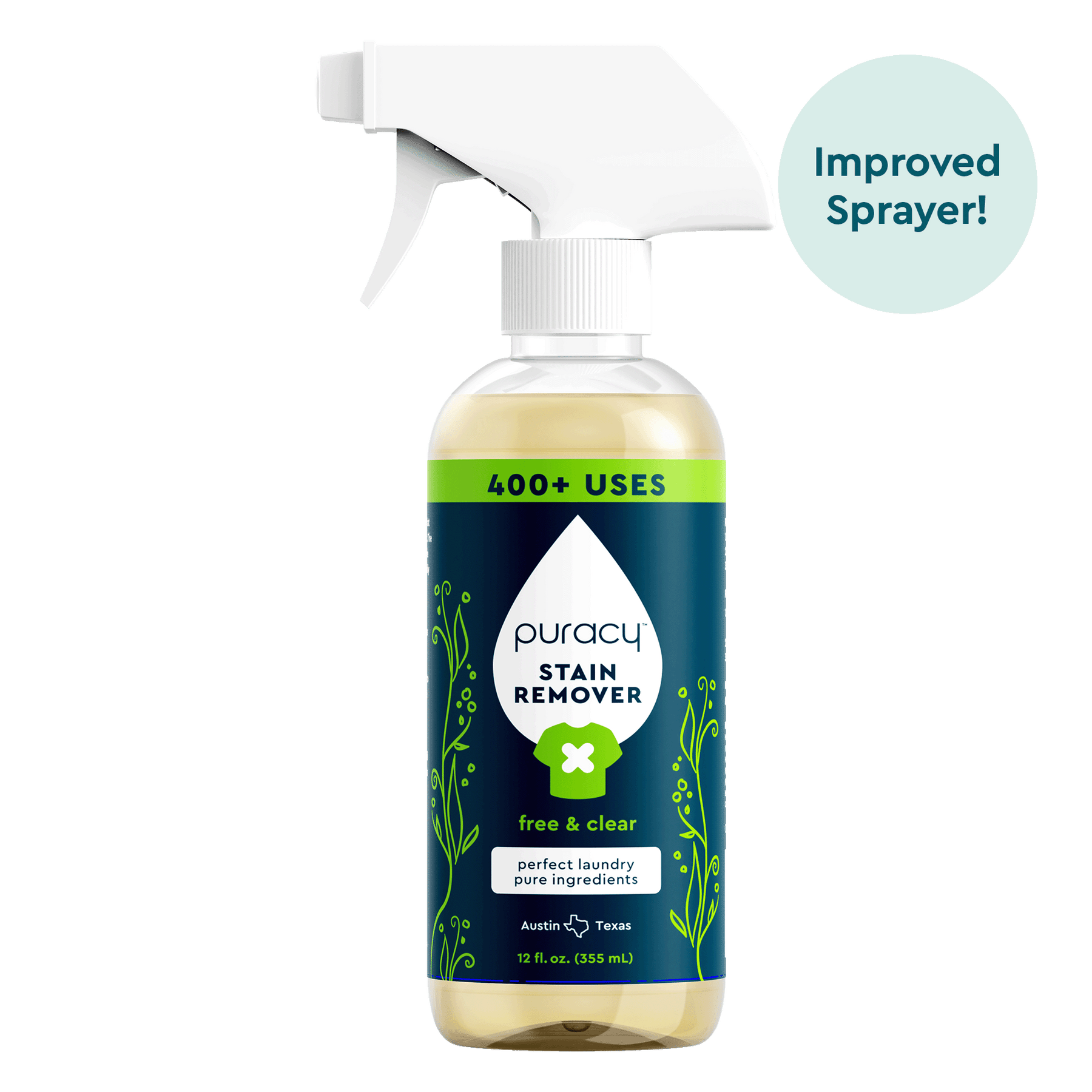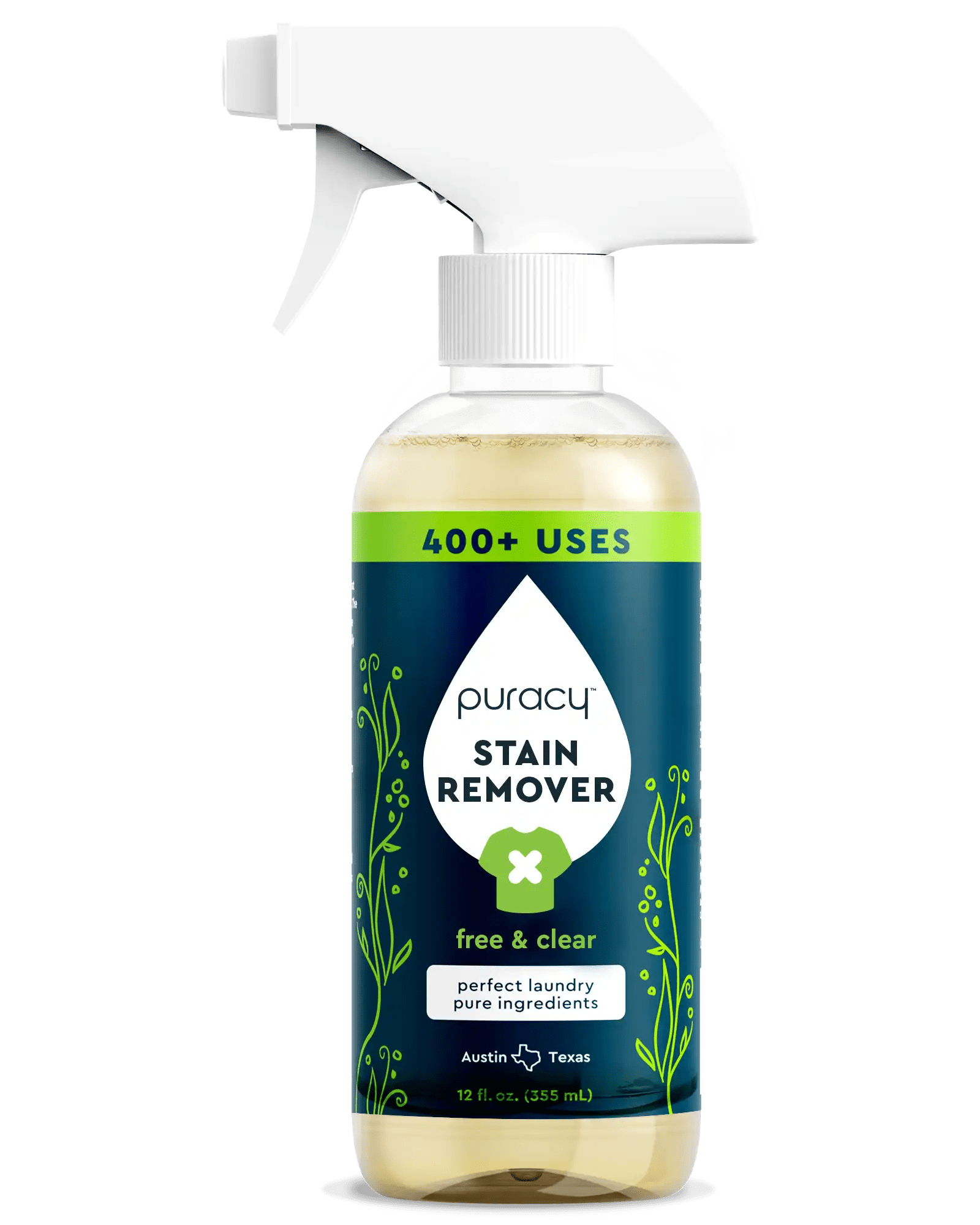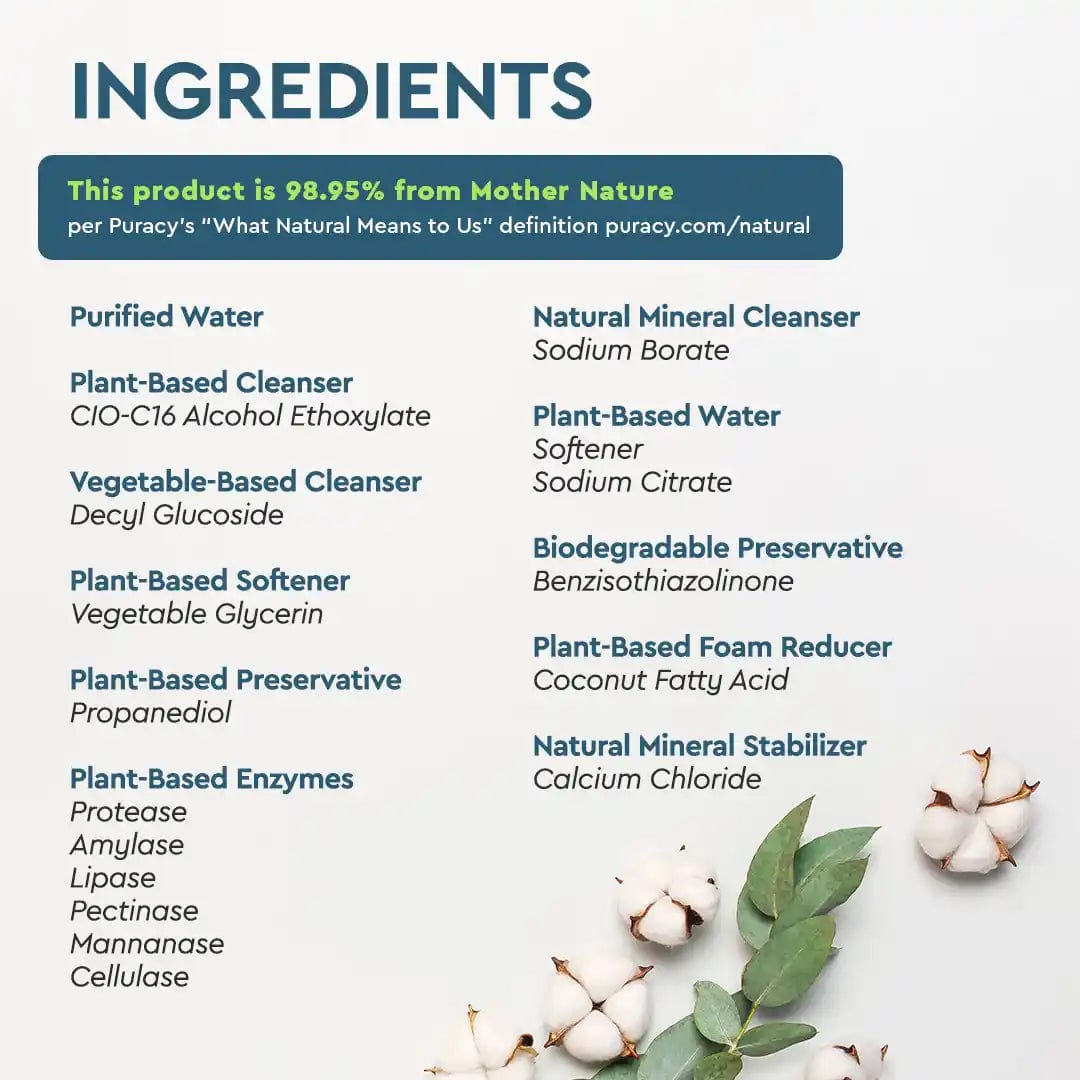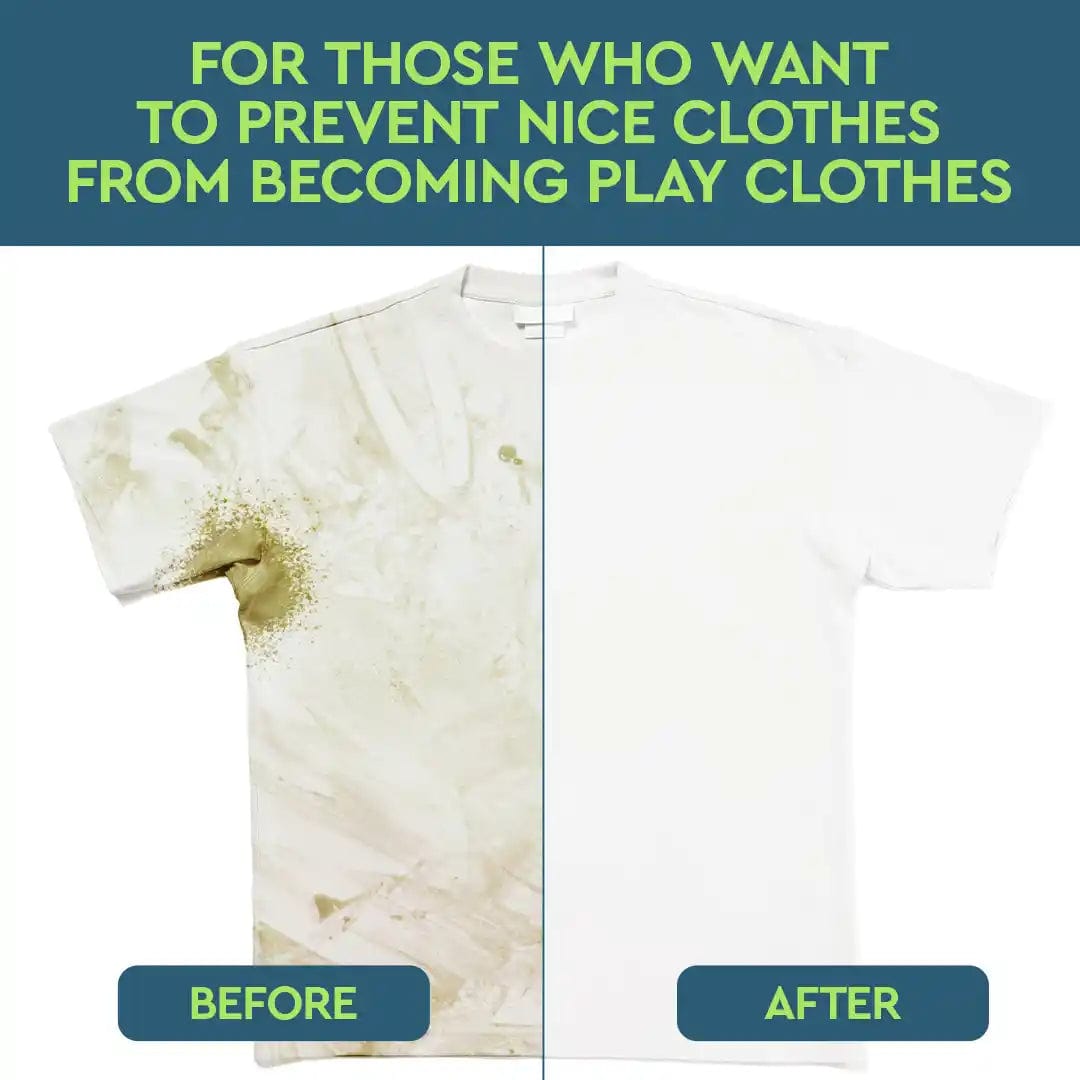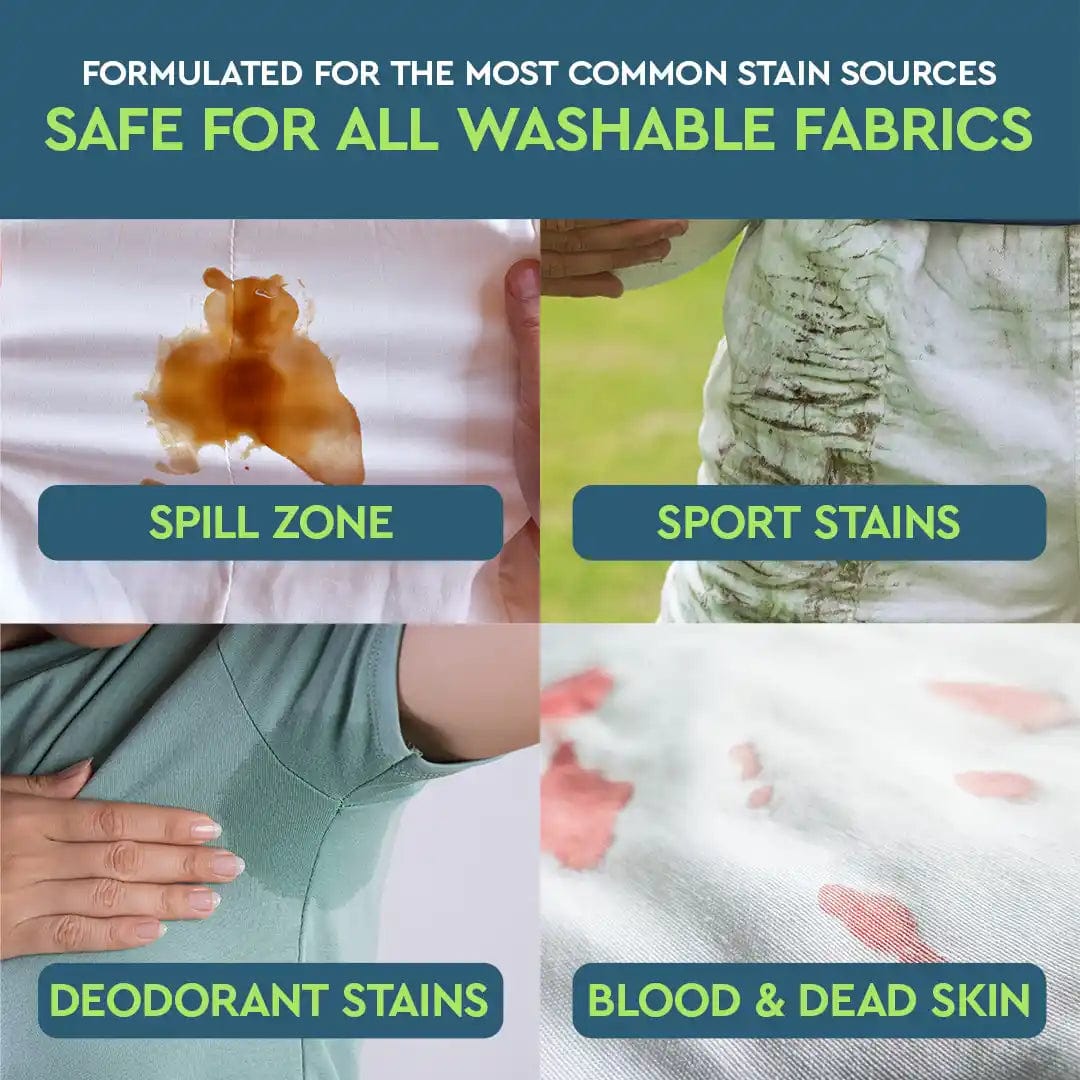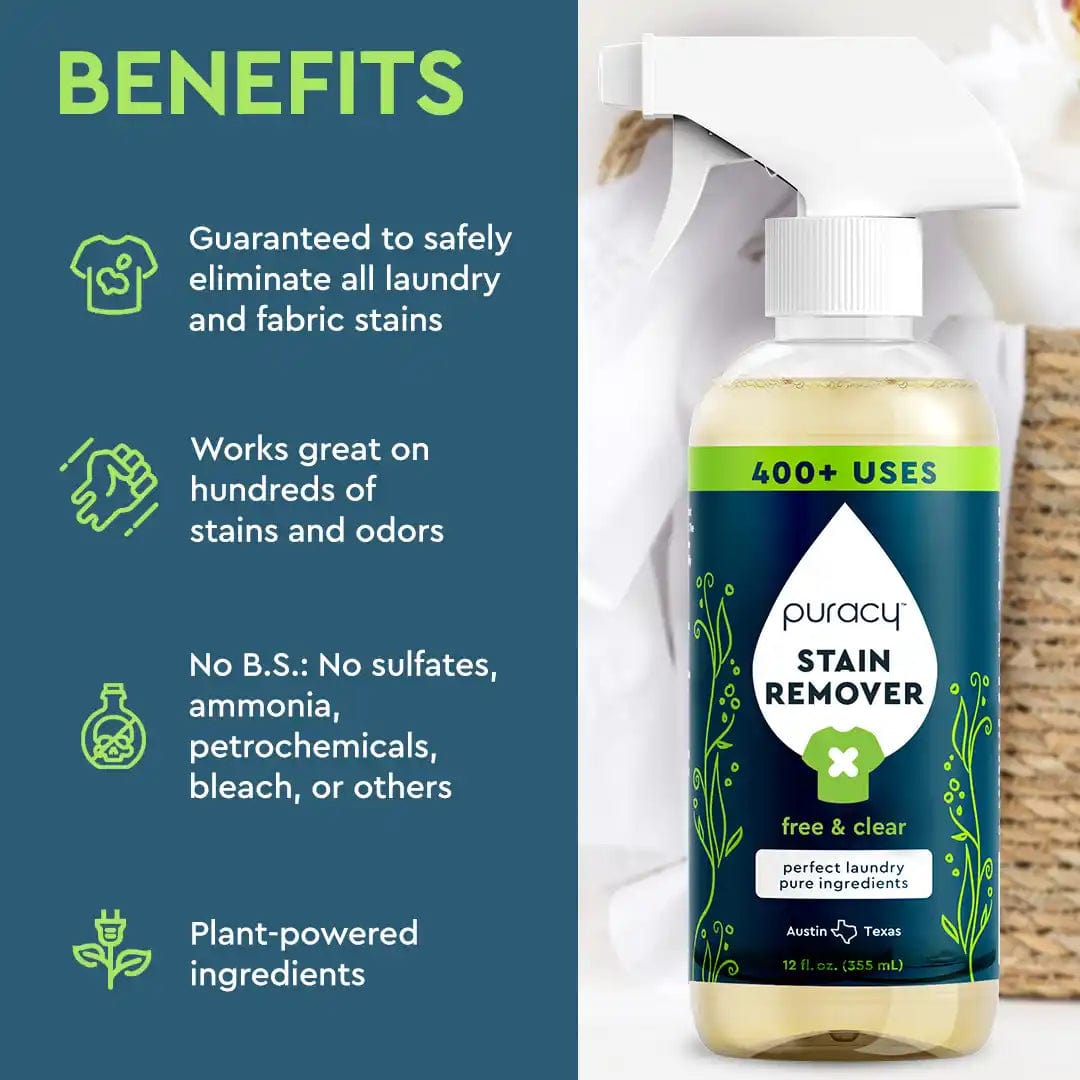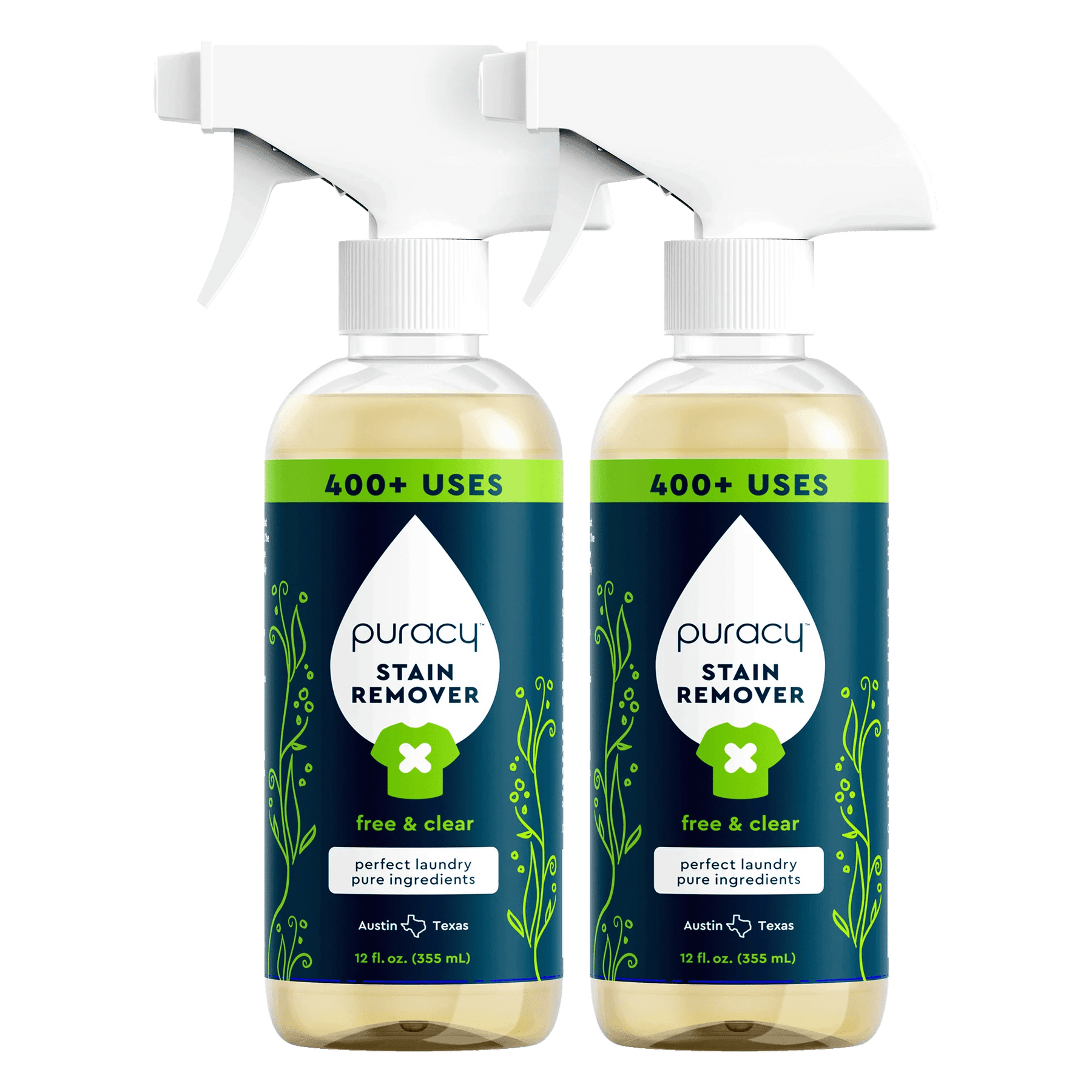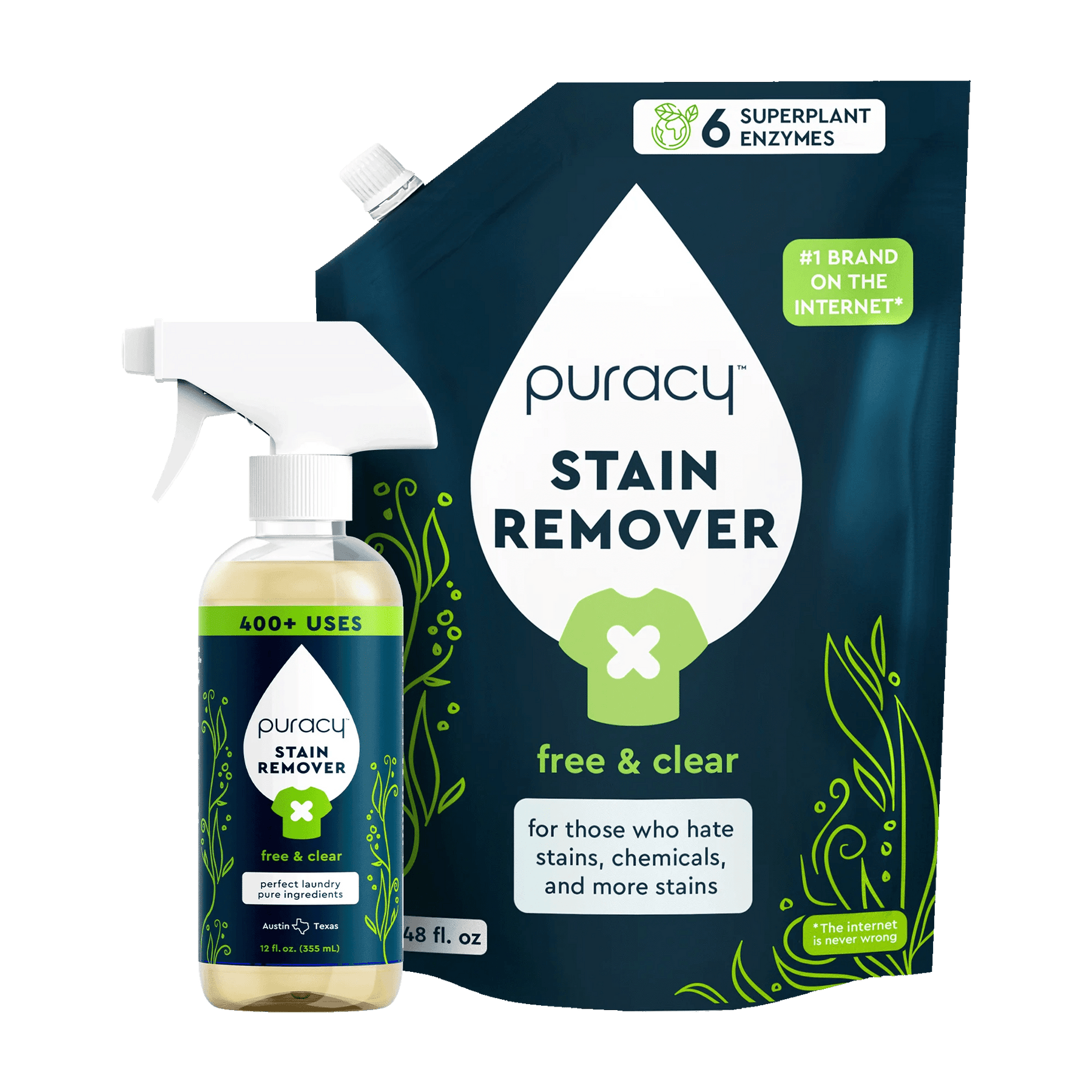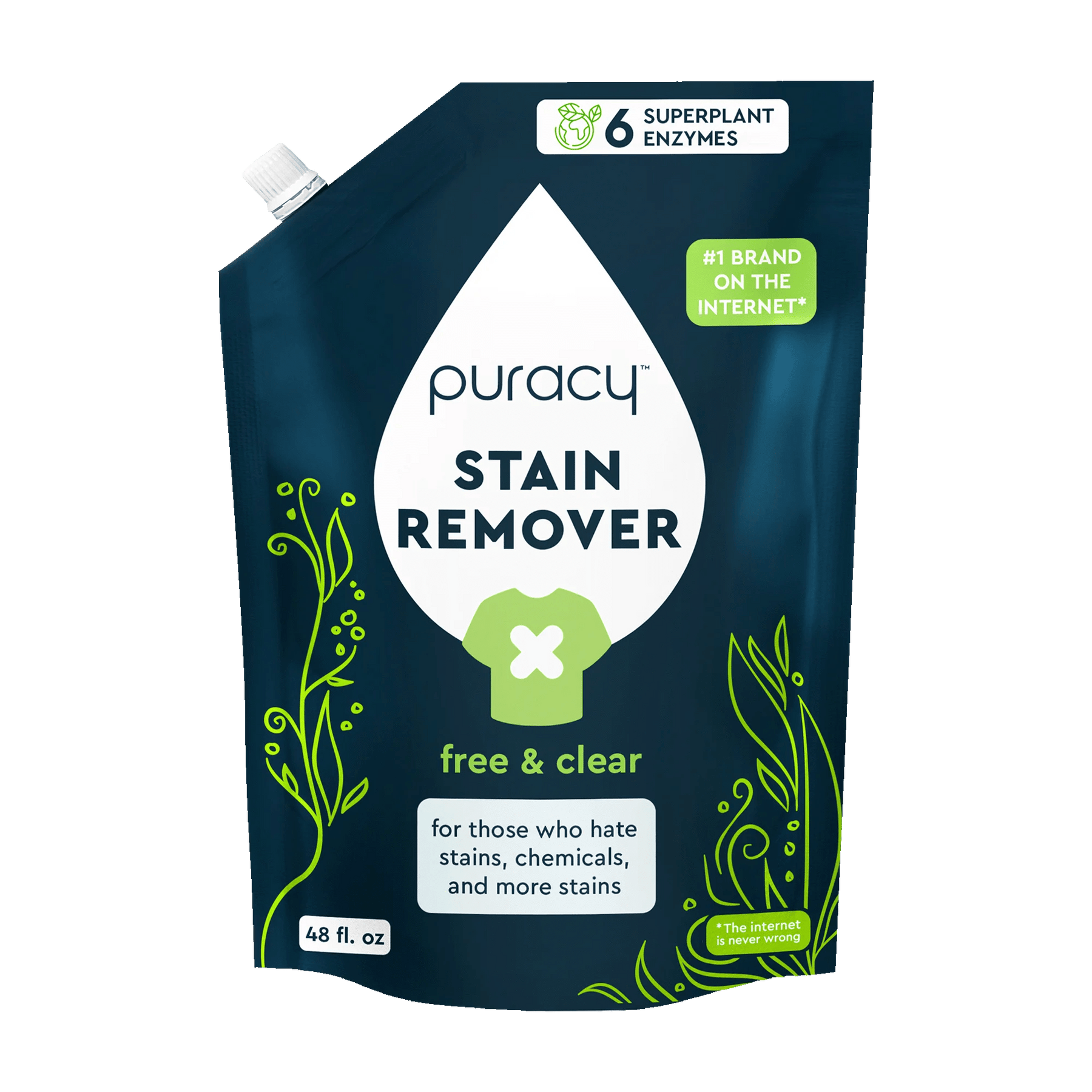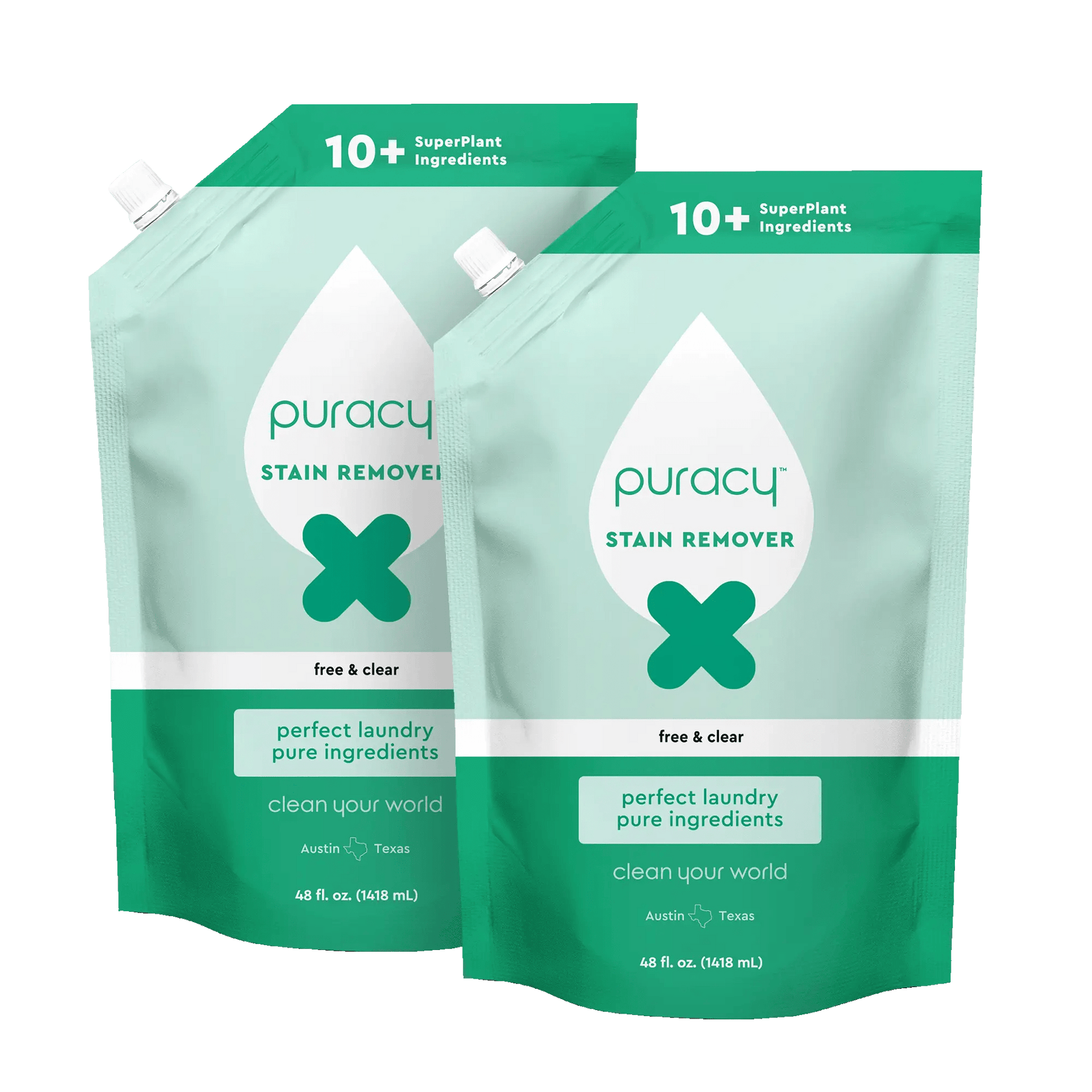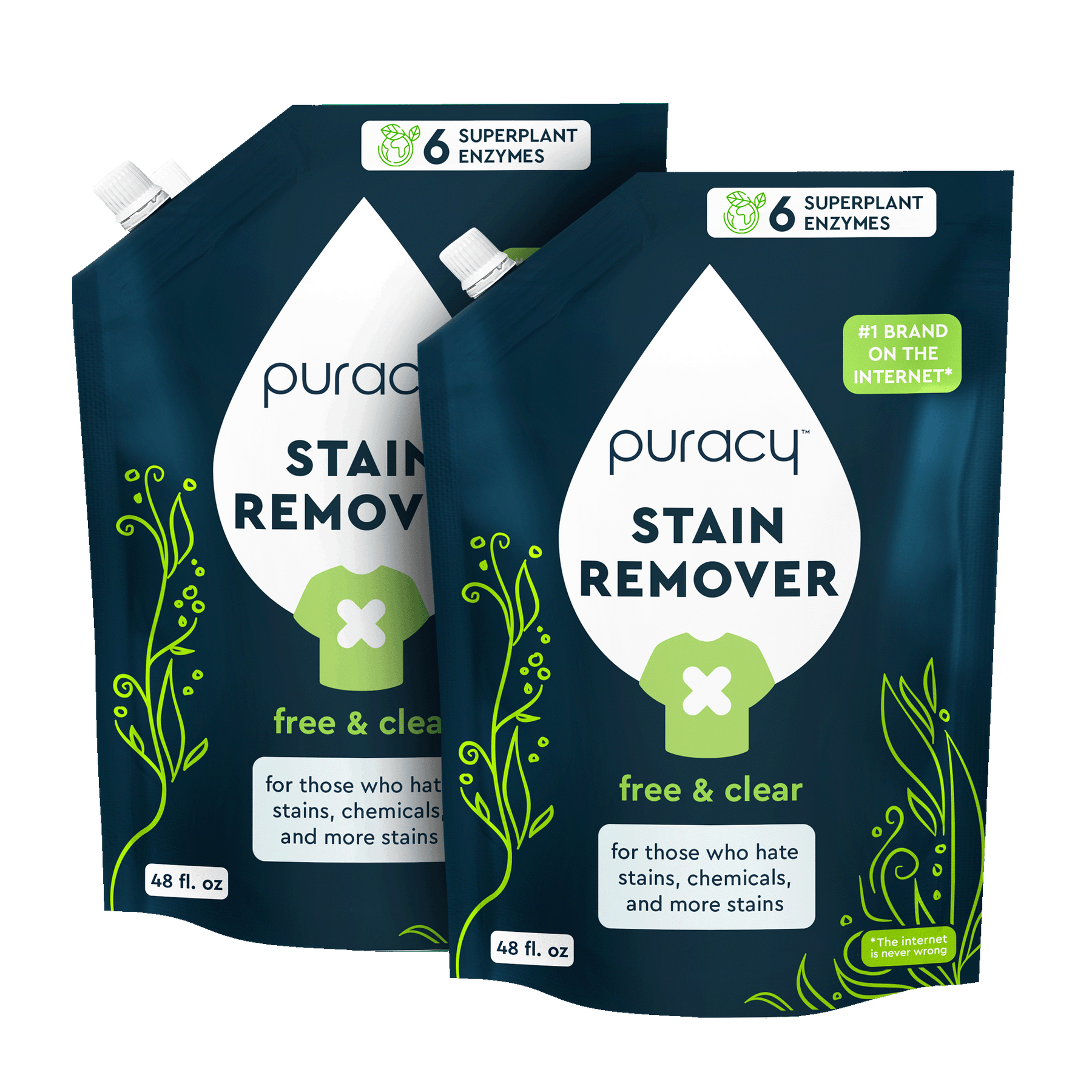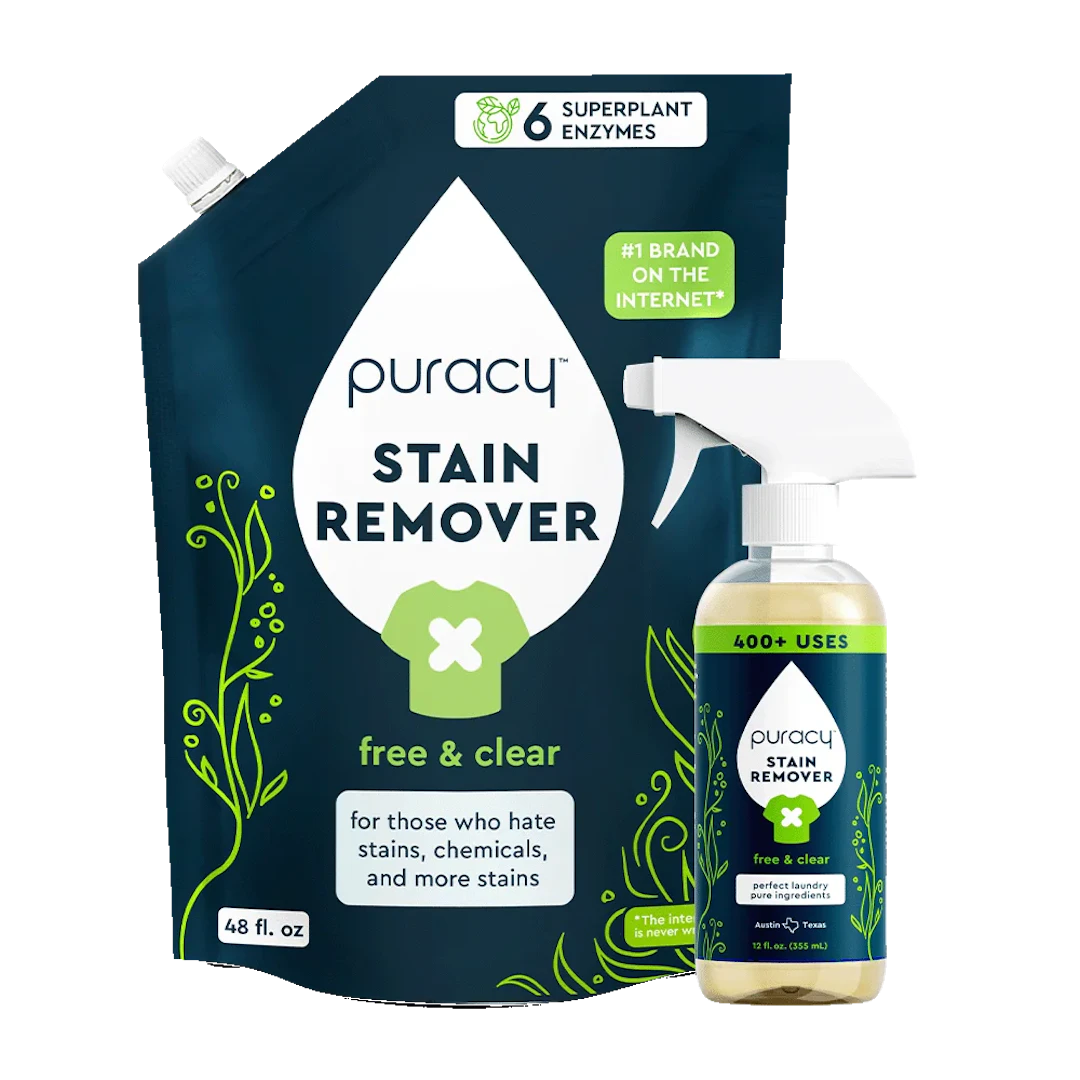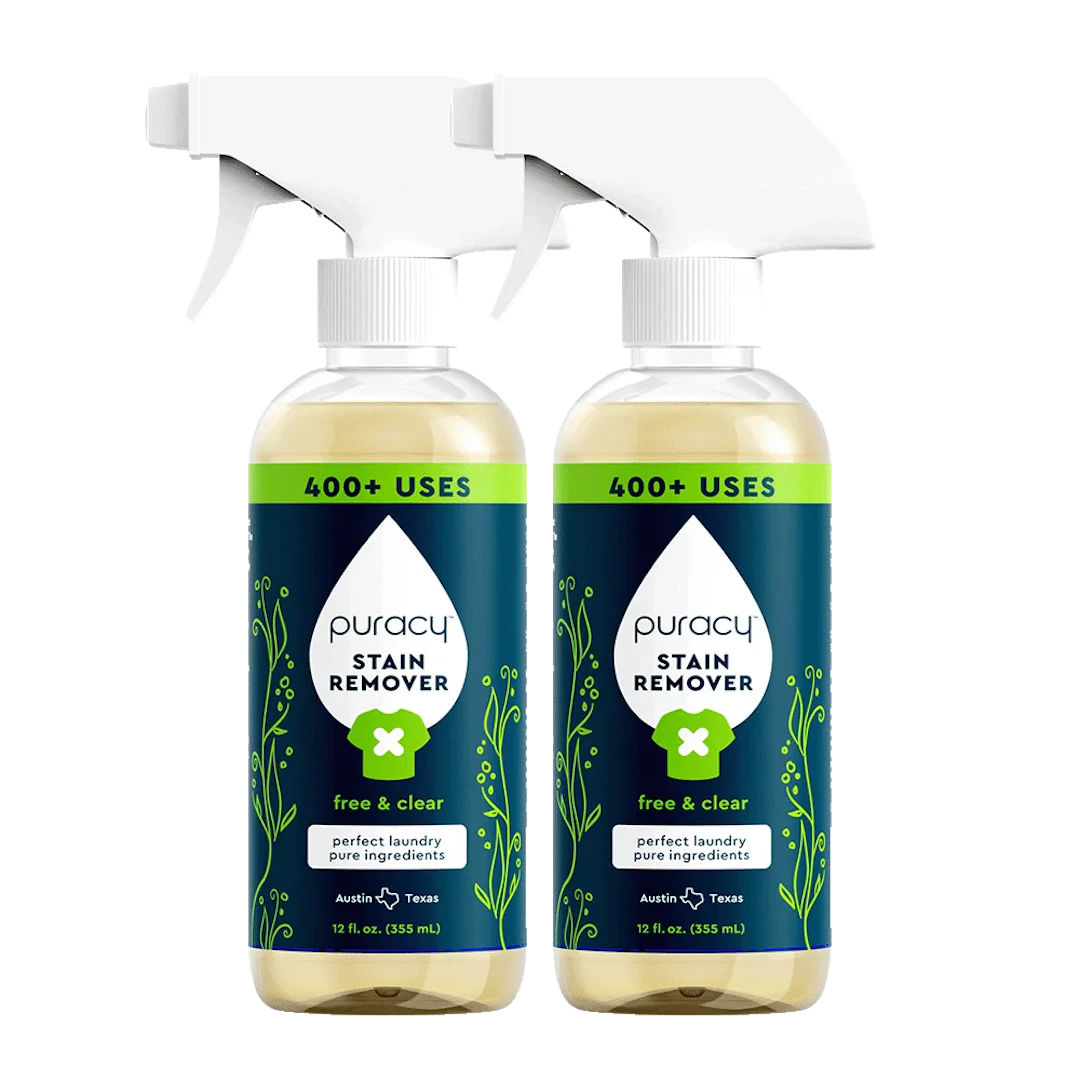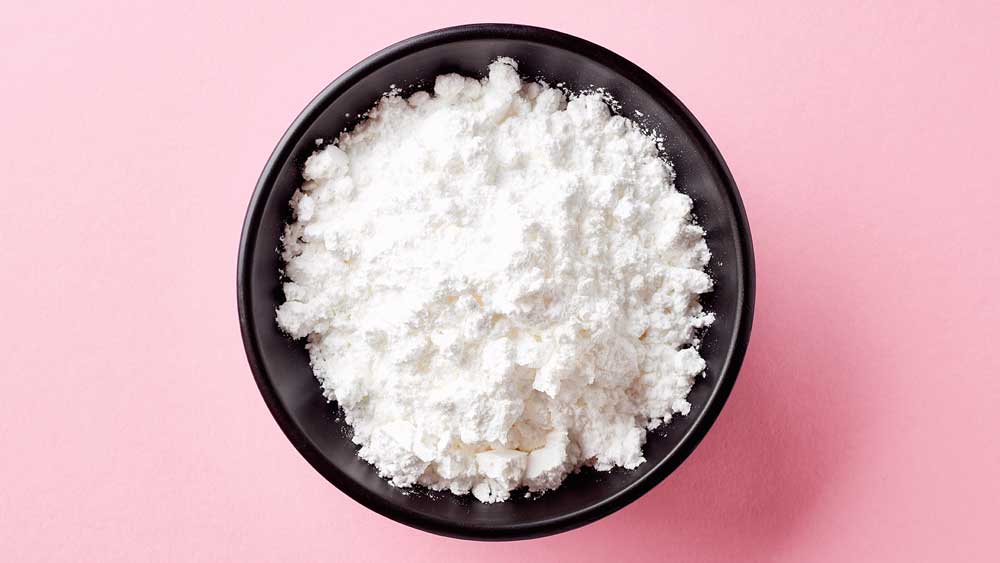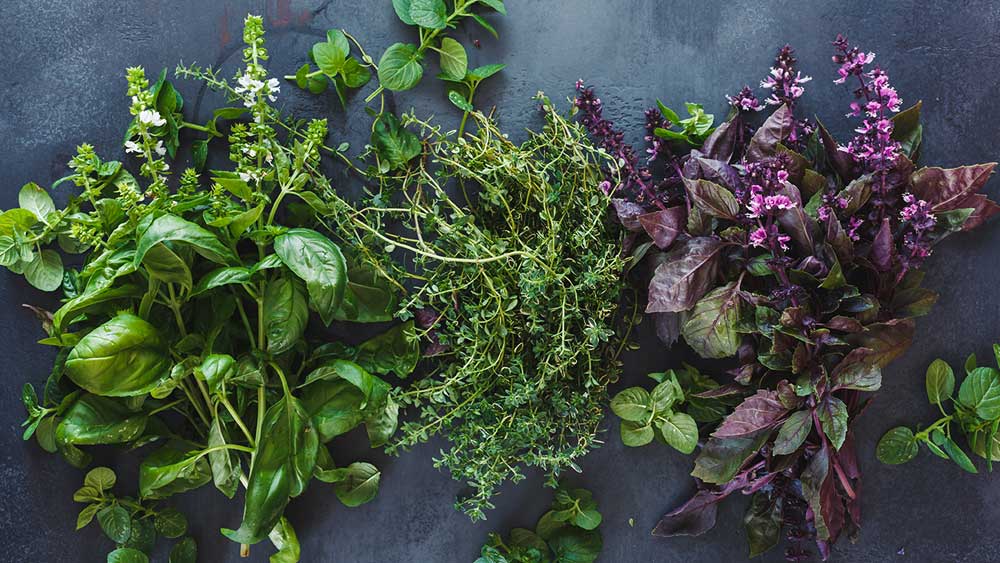- Derived from: ivy
- Pronunciation: (\Heh-dera\ \ˈhē-liks\)
- Type: Natural
- Other names: ivy extract
What Is Hedera Helix extract?
Hedera helix extract is a substance derived from the leaves and stems of English ivy.[1] English ivy is a creeping vine abundant in Europe, particularly in the United Kingdom, as well as in the Americas and western Asia.[2,3] It has been used since the nineteenth century for respiratory disorders.[4]
What Does Hedera Helix extract Do in Our products?
Hedera helix extract is an emollient that keeps products blended together and is a moisturizer that helps keep the skin soft. It is a common ingredient in dozens of cosmetic and personal care products, such as skin conditioners, hair conditioner, astringent, and antidandruff products.[5,6] English ivy has also been shown to improve asthma, bronchitis, chronic obstructive pulmonary disease, and coughs, in part because its saponins help prevent the spasm of muscles in the bronchial area.[7,8,9,10]
Why Puracy Uses Hedera Helix extract
Though hedera helix extract is often used in various ingestible formulations, we use it in several of our products as a moisturizer and astringent.[12] Whole Foods has deemed the ingredient acceptable in its body care quality standards.[13,14] Research finds that the extract can also inhibit the growth of Staphylococcus aureus, Pseudomonas aeruginosa, and E. coli.
How Hedera Helix extract Is Made
Hedera helix extract is made by dissolving English ivy in a solvent, such as ethanol. For “dry” extracts, the processer evaporates the solvent; for “soft” extracts, the solvent is only partially evaporated.[11]
Sources
[1] Environmental Working Group
[2] Centers for Disease Control and Prevention
[3] Gangemi, S., et al., “Contact dermatitis as an adverse reaction to some topically used European herbal medicinal products – Part 2: Echinacea purpurea–Lavandula angustifolia,” Contact Dermatitis, 72(4), April 2015, pp. 193-205
[4] Yu, M., et al., “Determination of Saponins and Flavonoids in Ivy Leaf Extracts Using HPLC-DAD,” Journal of Chromatographic Science. (2015) 53 (4): 478-483
[5] Gangemi, S., et al., “Contact dermatitis as an adverse reaction to some topically used European herbal medicinal products – Part 2: Echinacea purpurea–Lavandula angustifolia,” Contact Dermatitis, 72(4), April 2015, pp. 193-205.
[6] Environmental Working Group
[7] PeaceHealth
[8] Mansfeld H.J., Höhre H, Repges R, Dethlefsen U. “Therapy of bronchial asthma with dried ivy leaf extract.” Münch Med Wschr 1998;140:32-6
[9] PeaceHealth
[10] Bruneton J. Pharmacognosy, Phytochemistry, Medicinal Plants. Paris, France: Technique and Documentation-Lavoisier, 1995, 560
[11] European Medicines Agency
[12] European Medicines Agency
[13] Whole Foods Market

